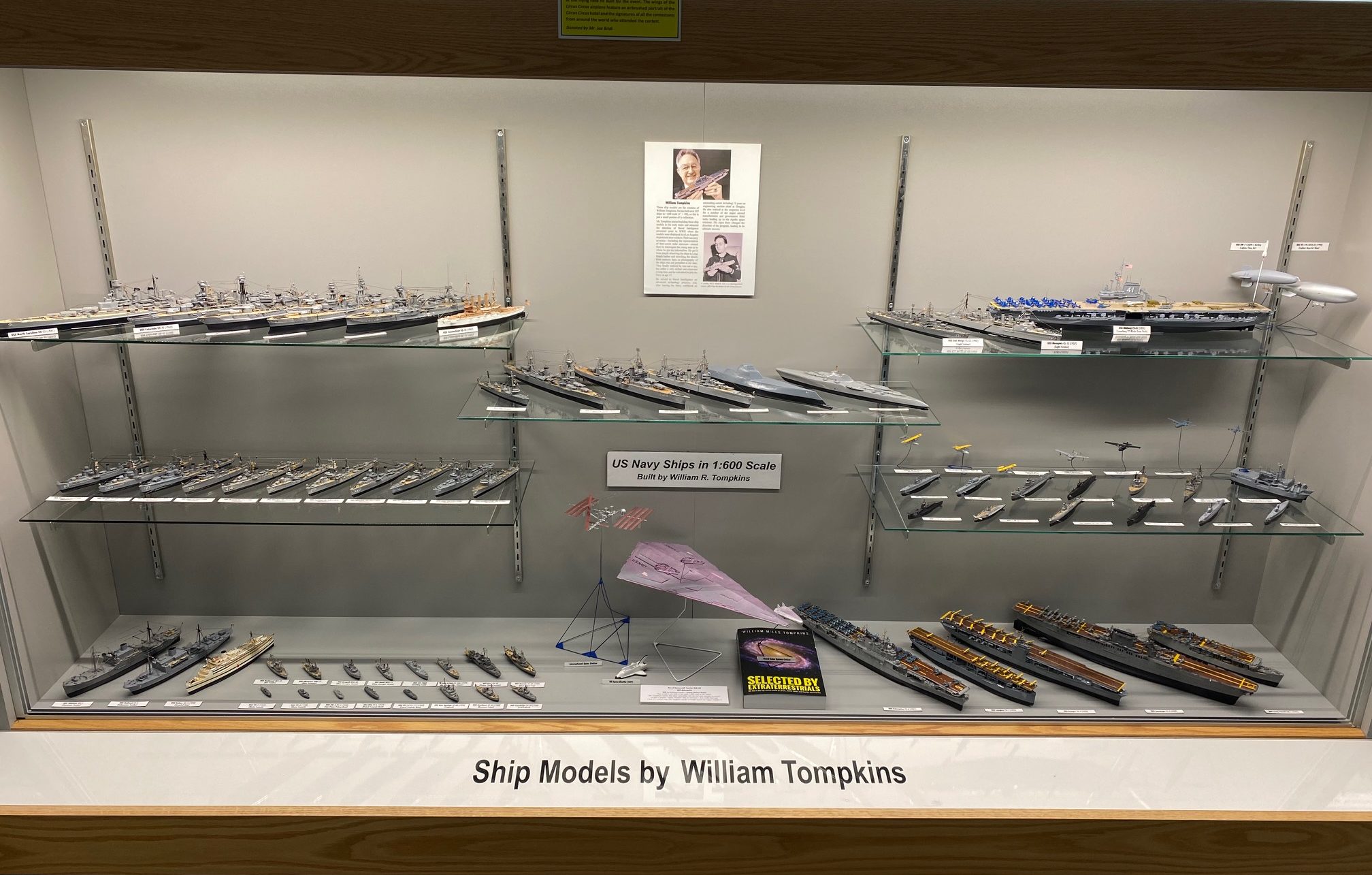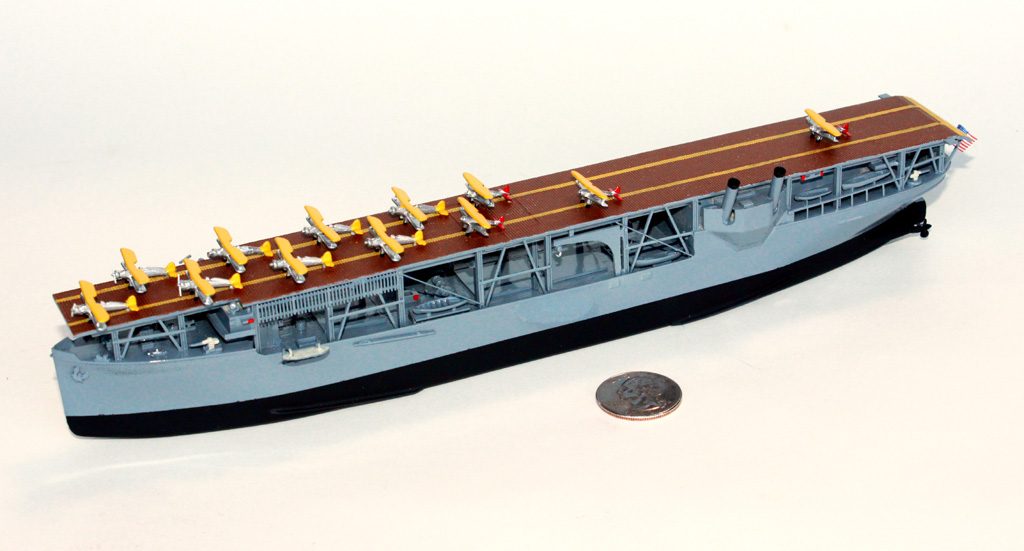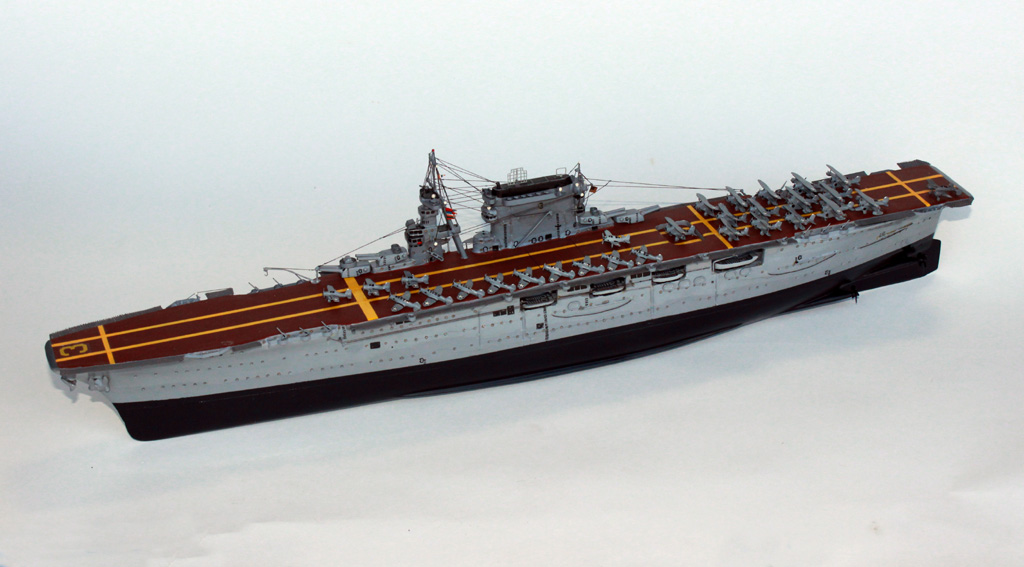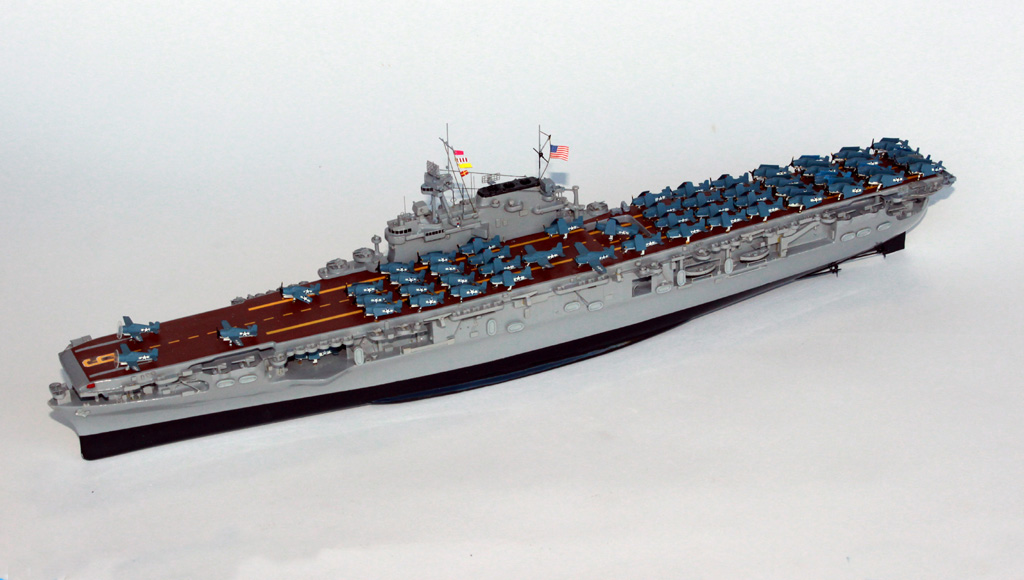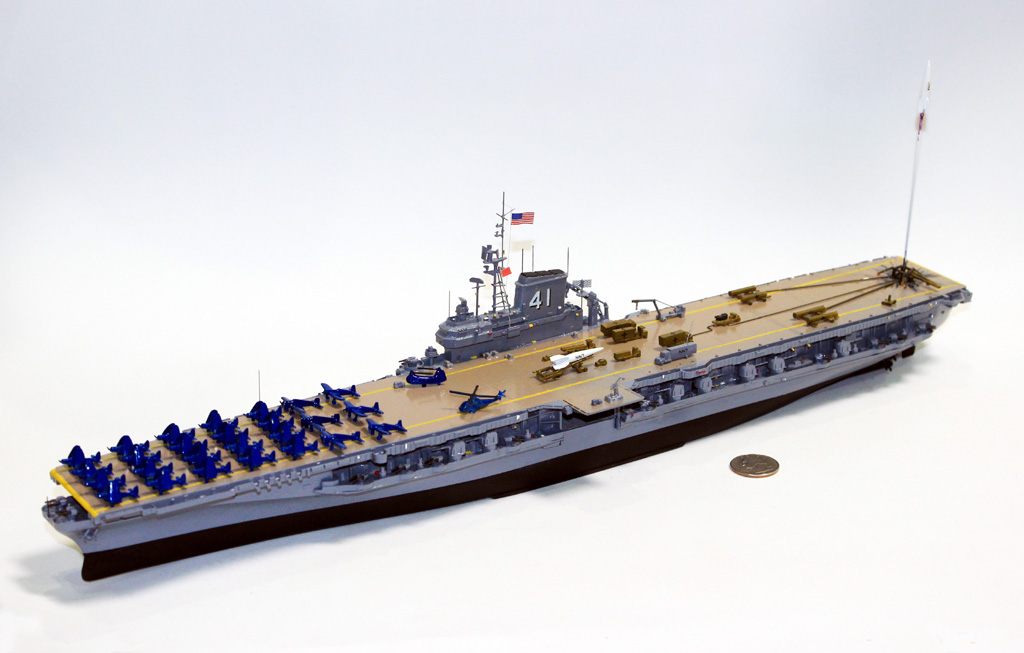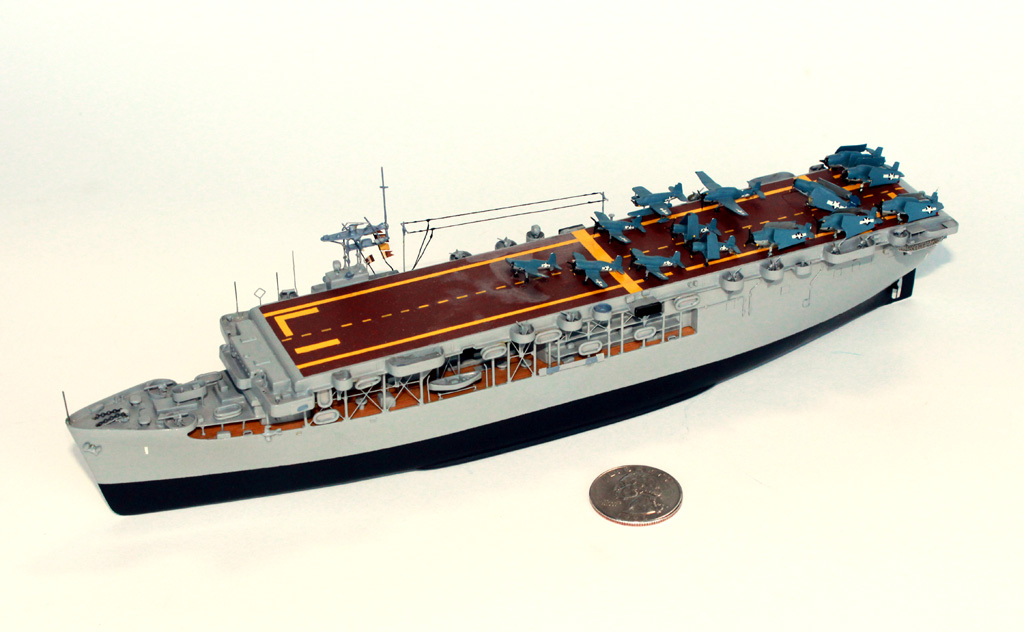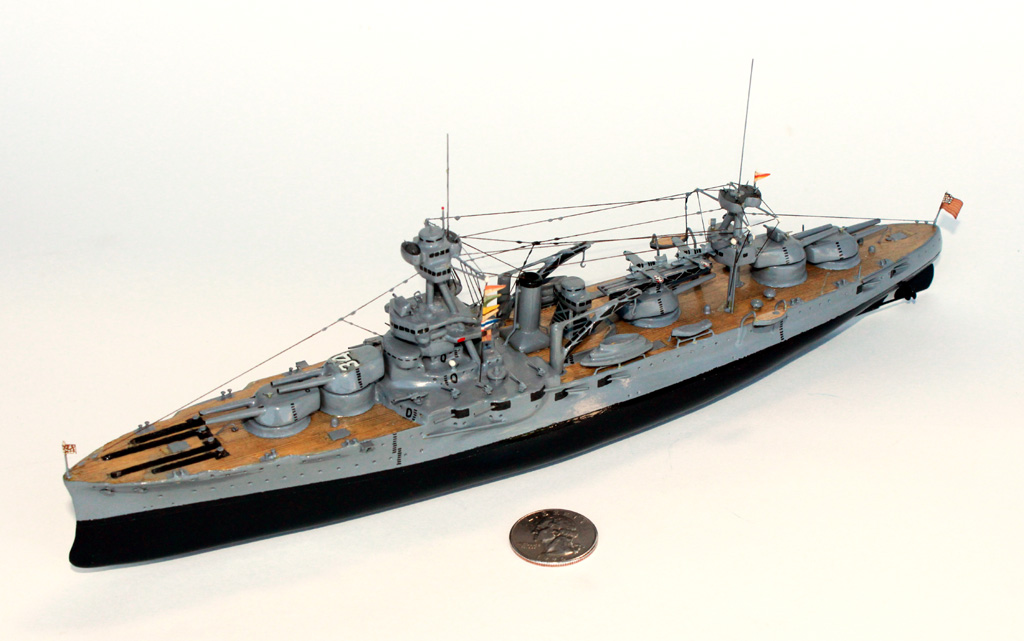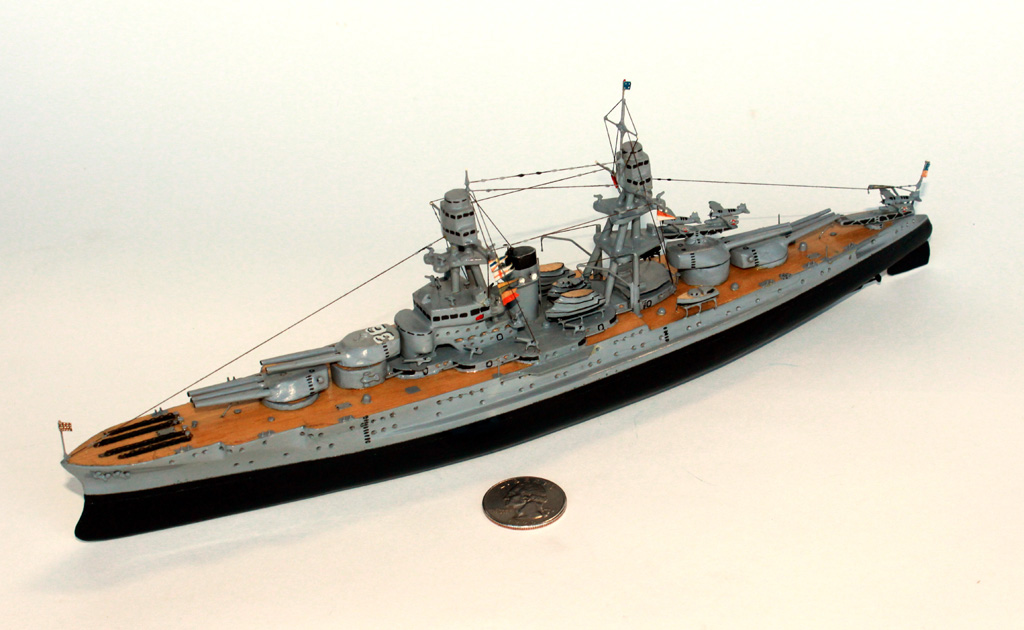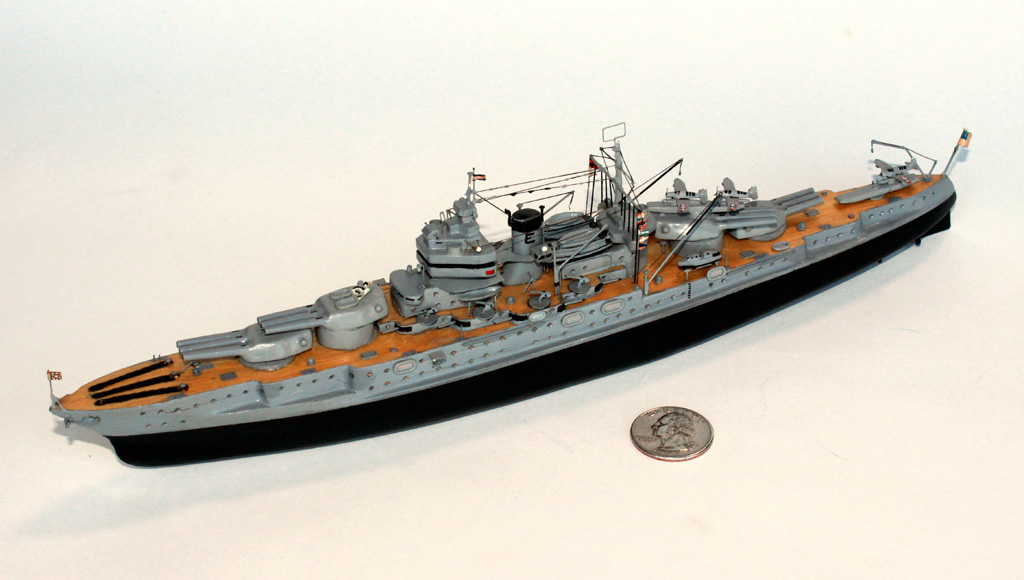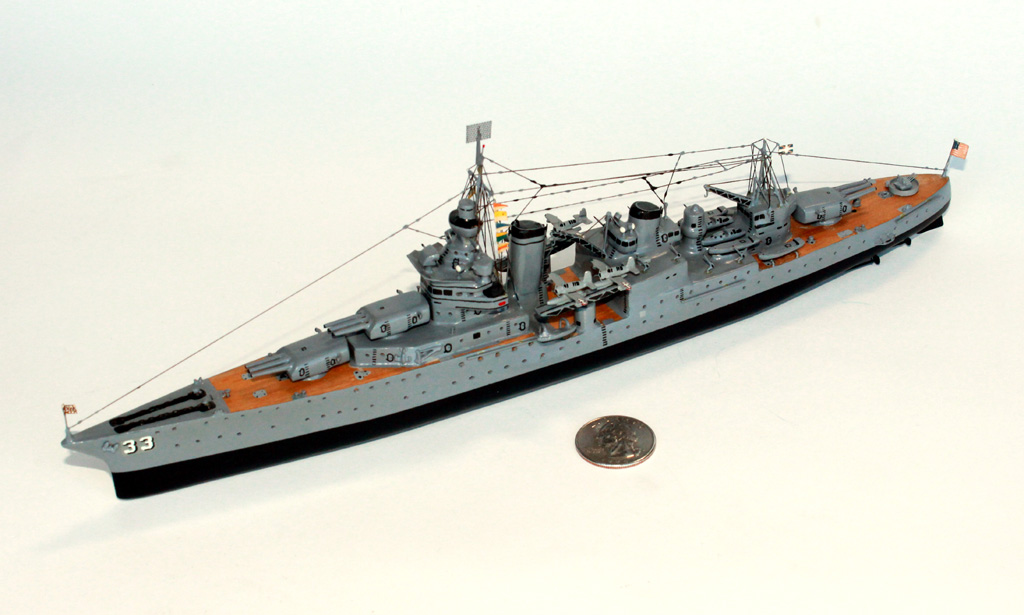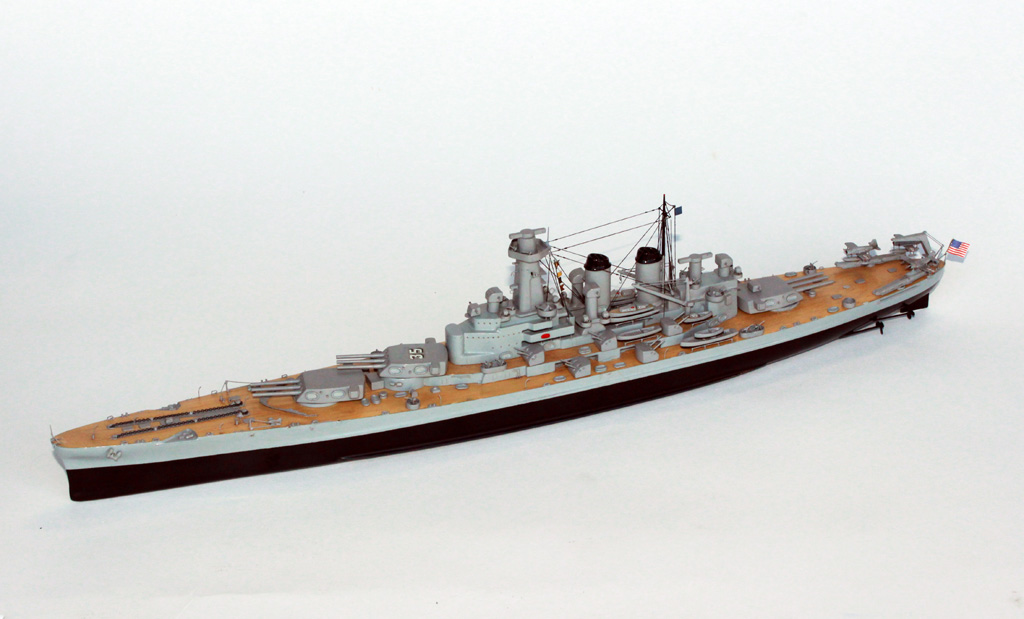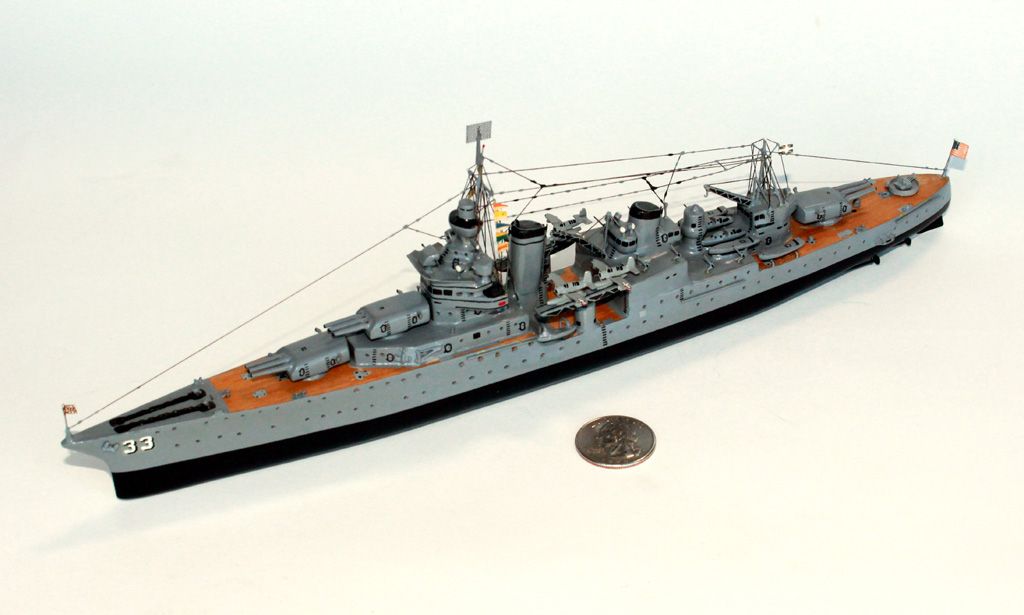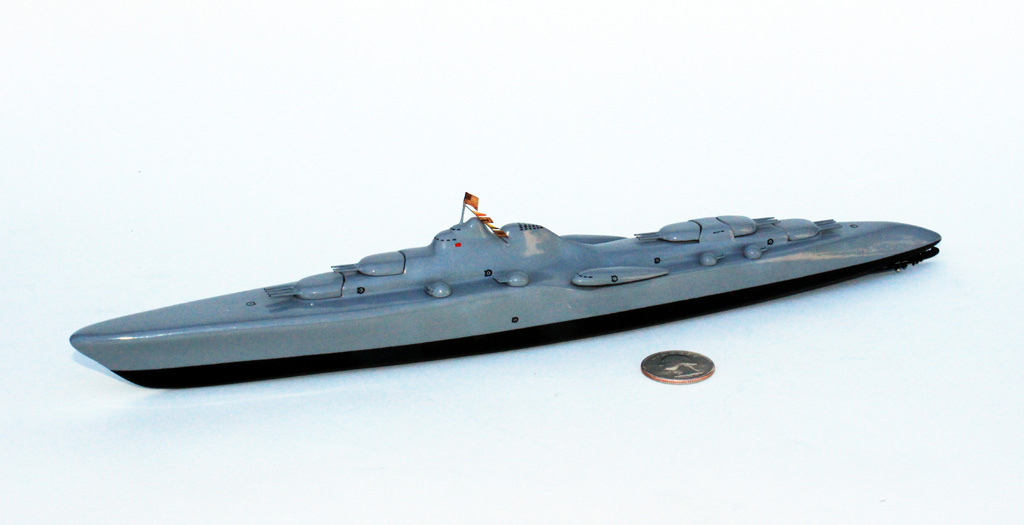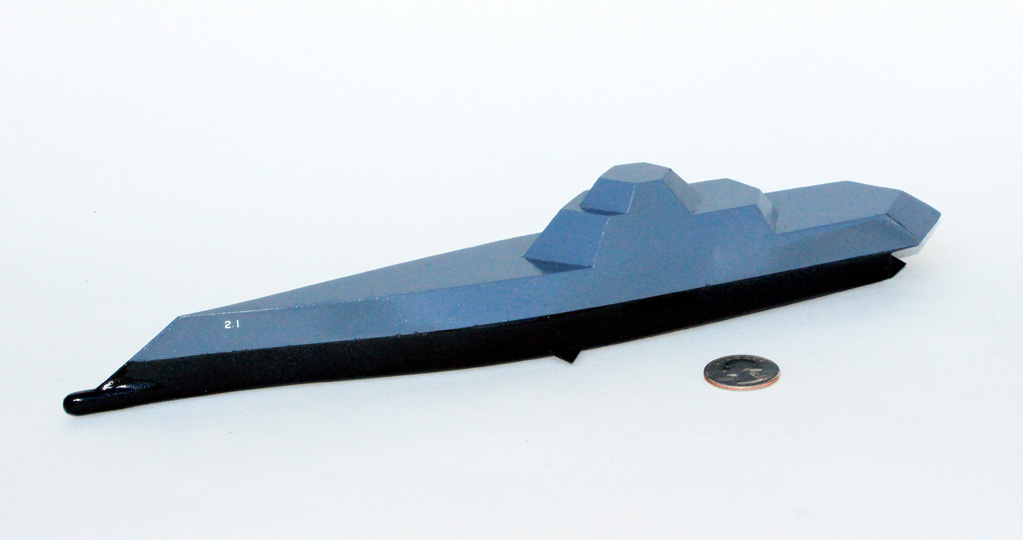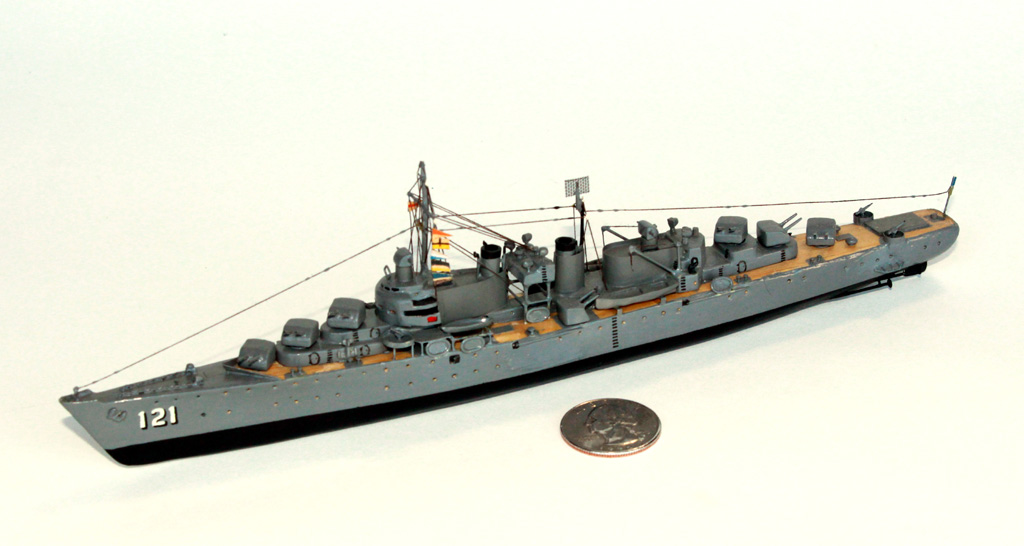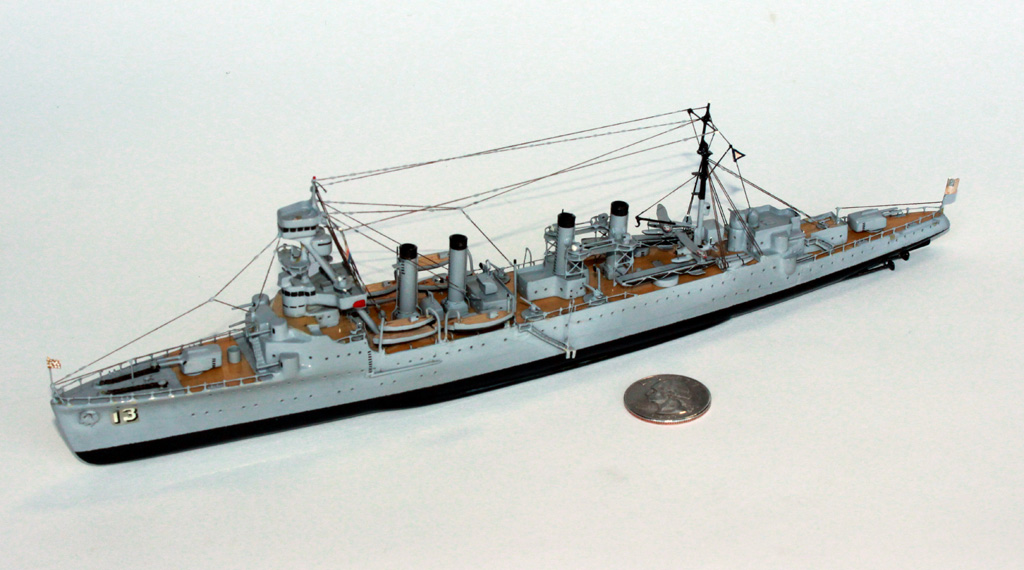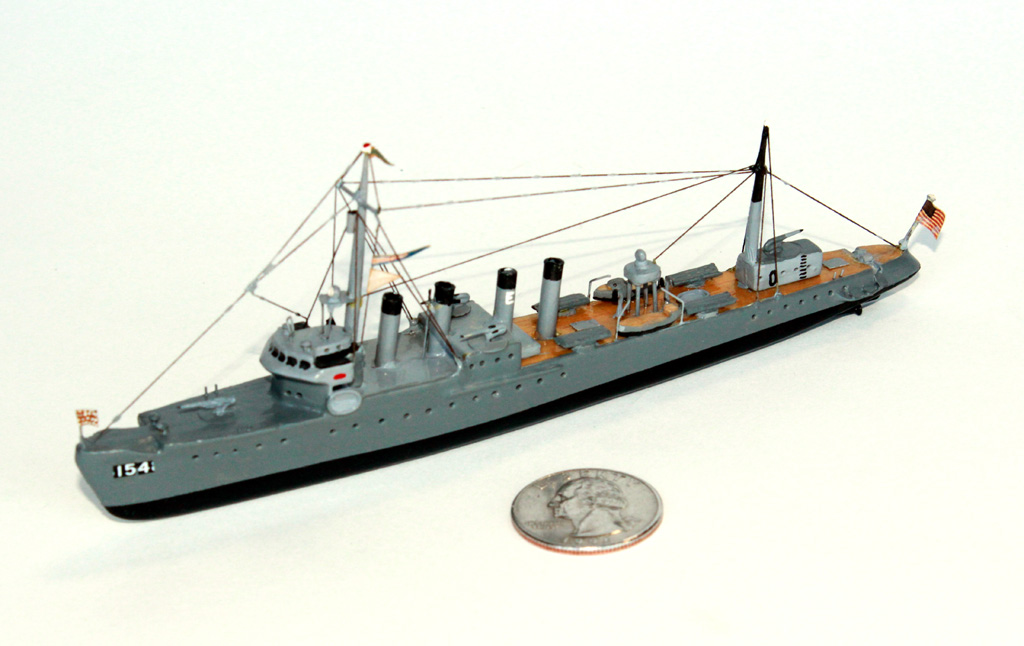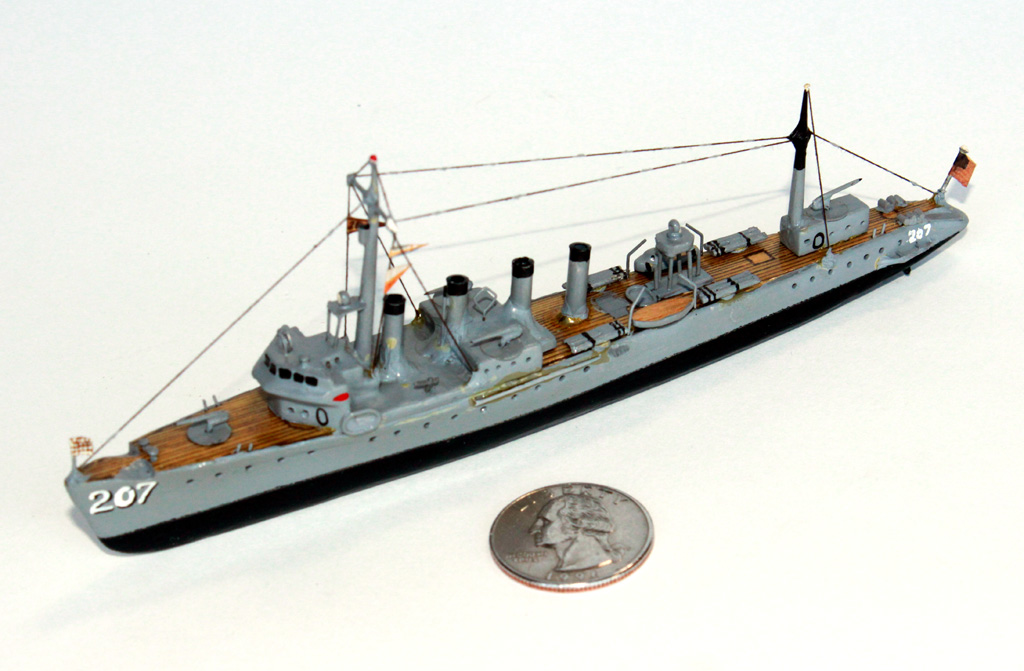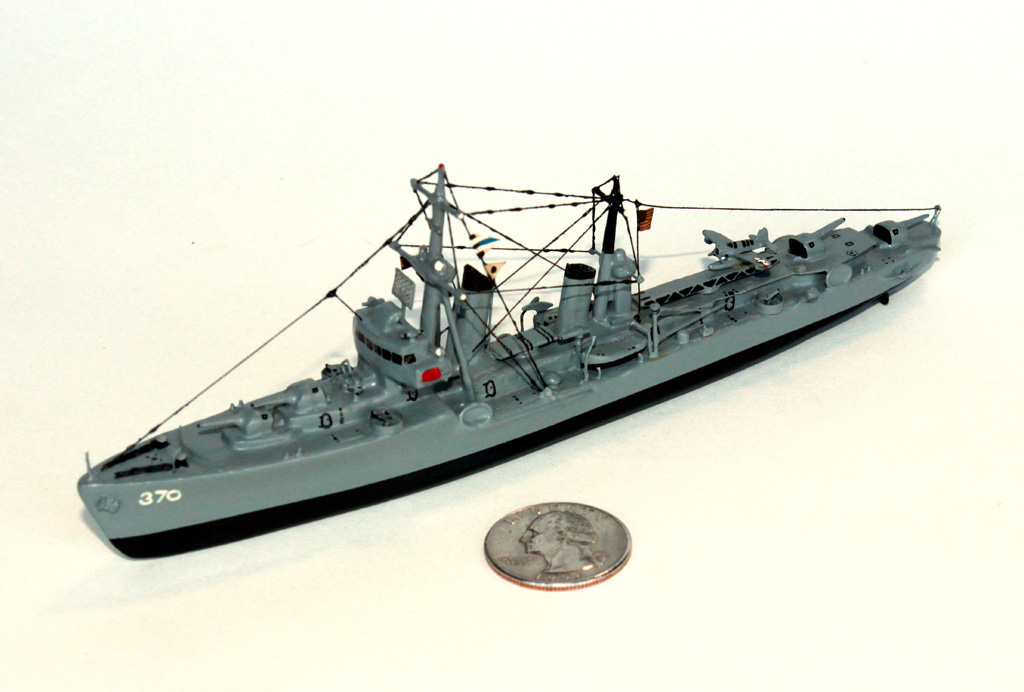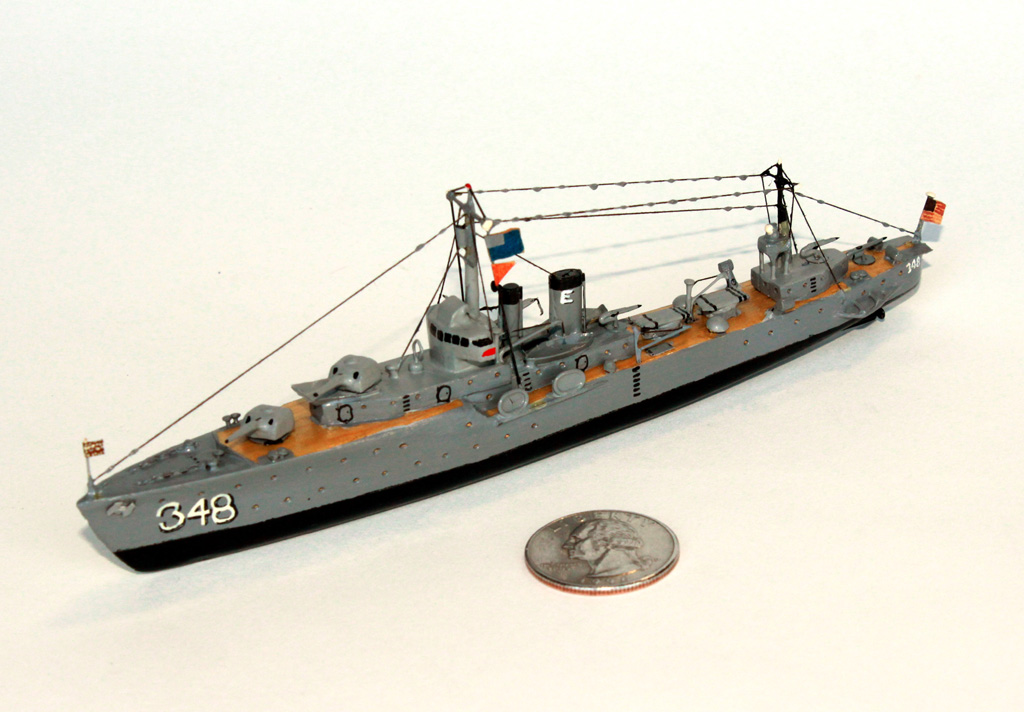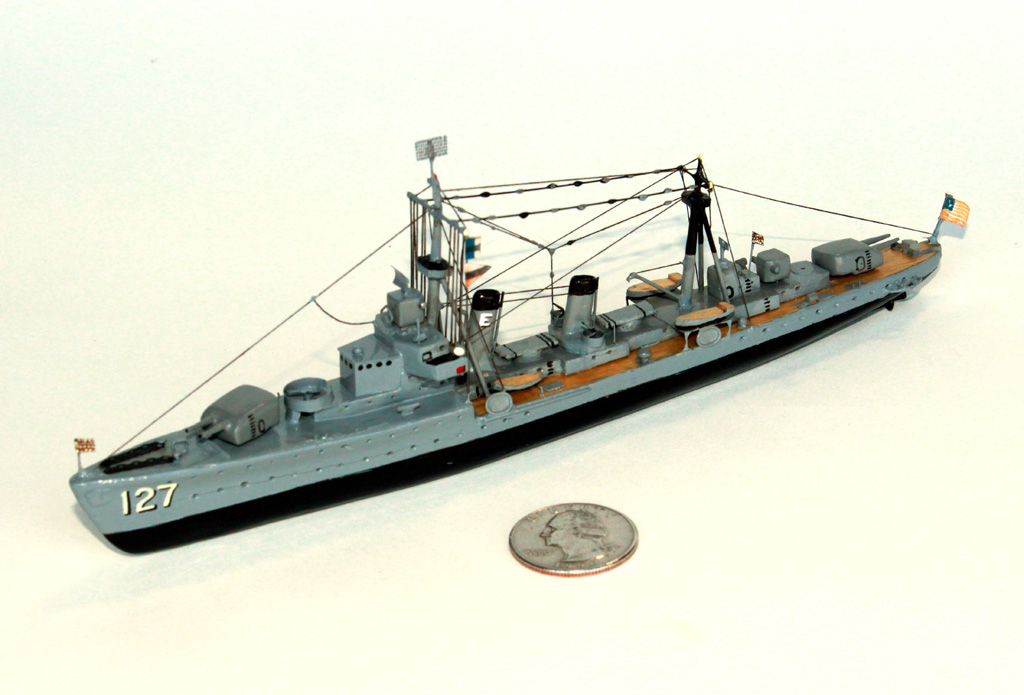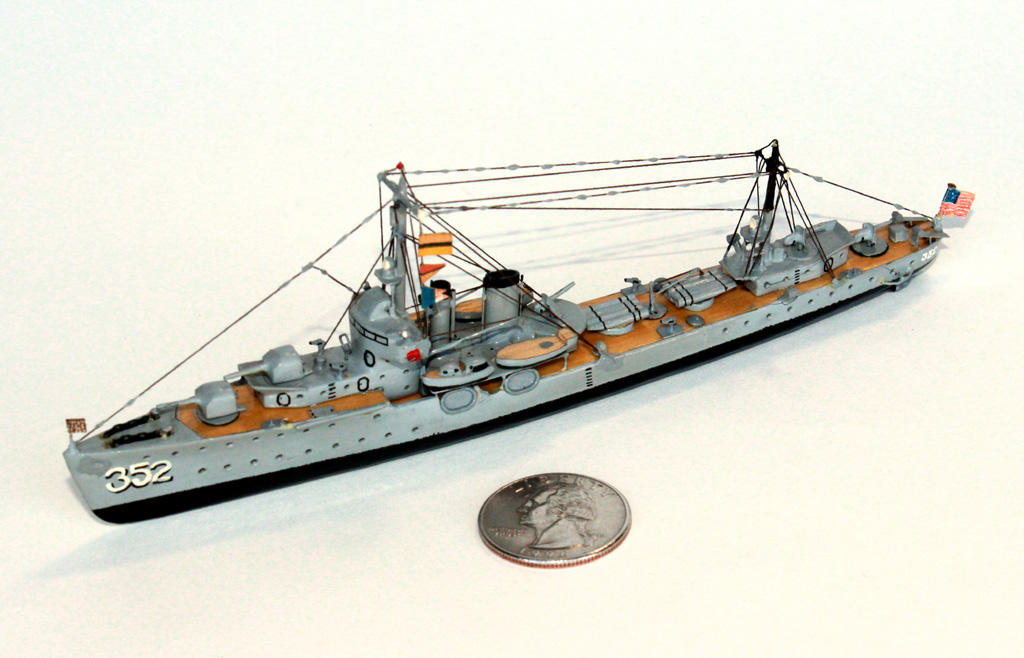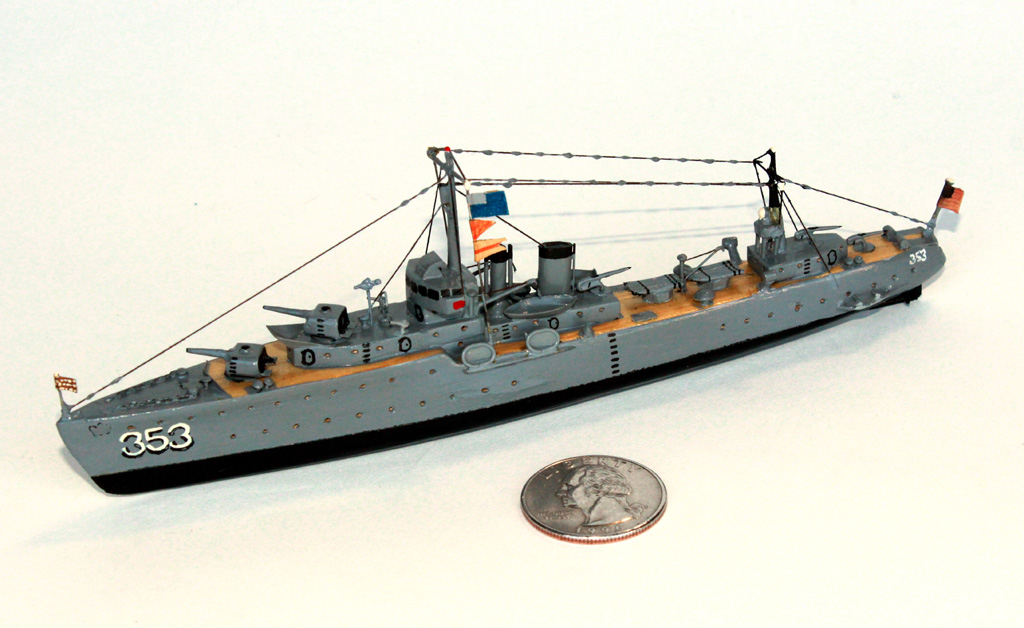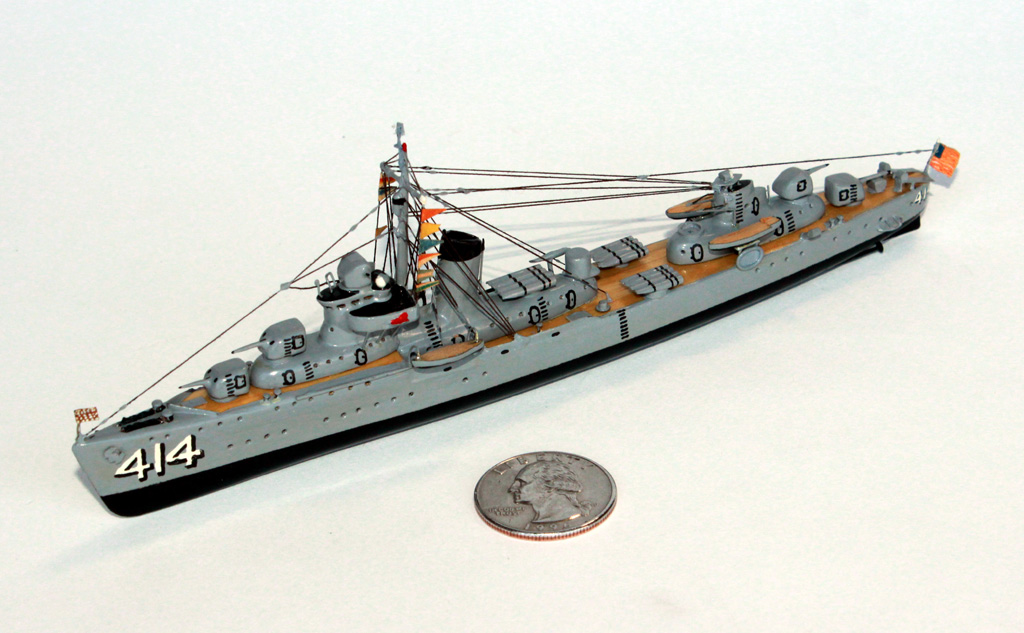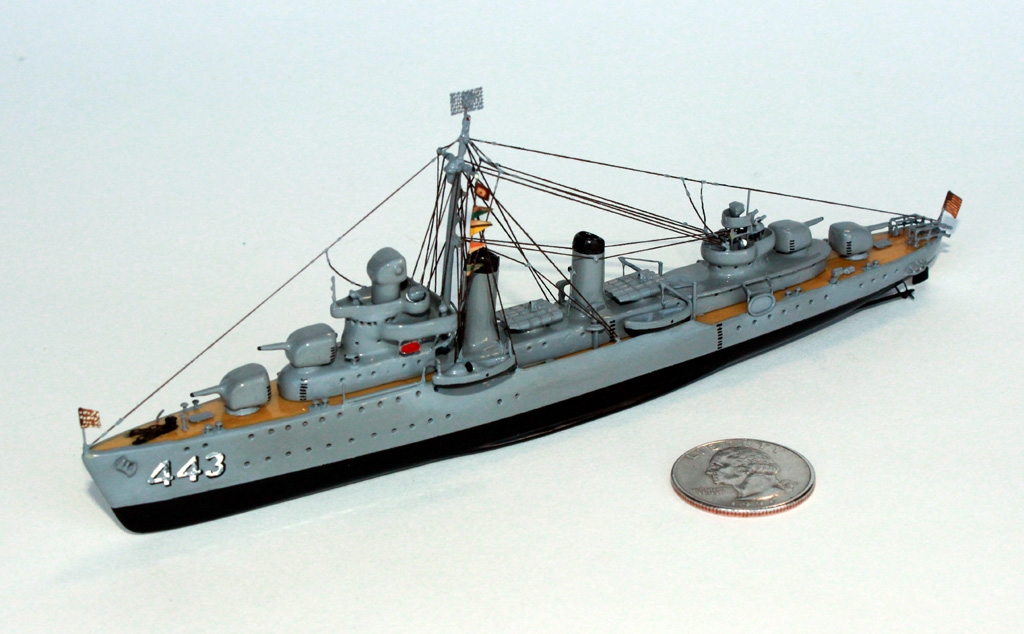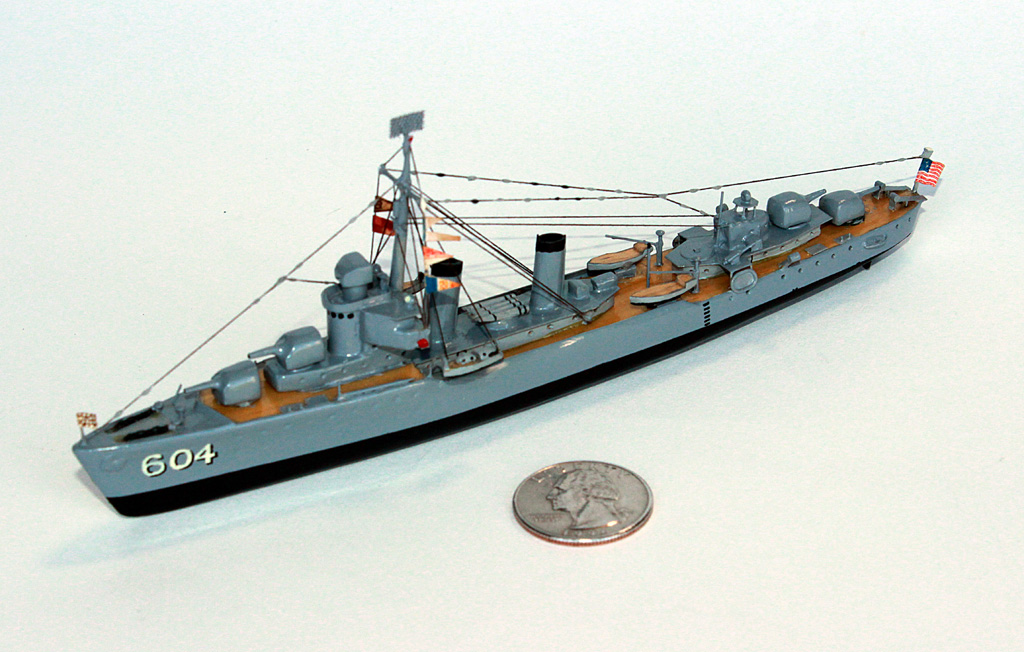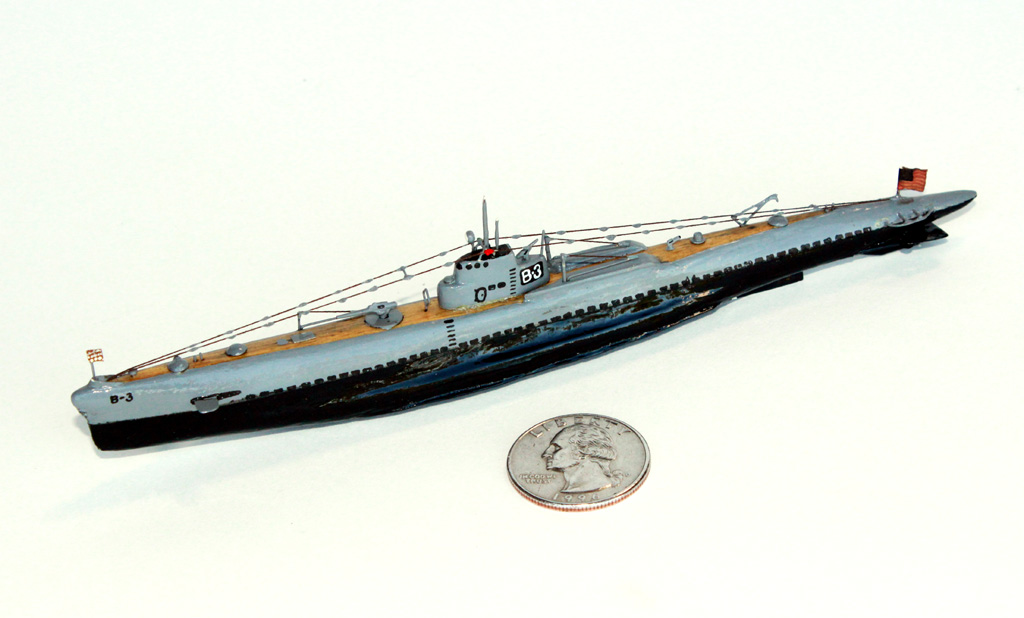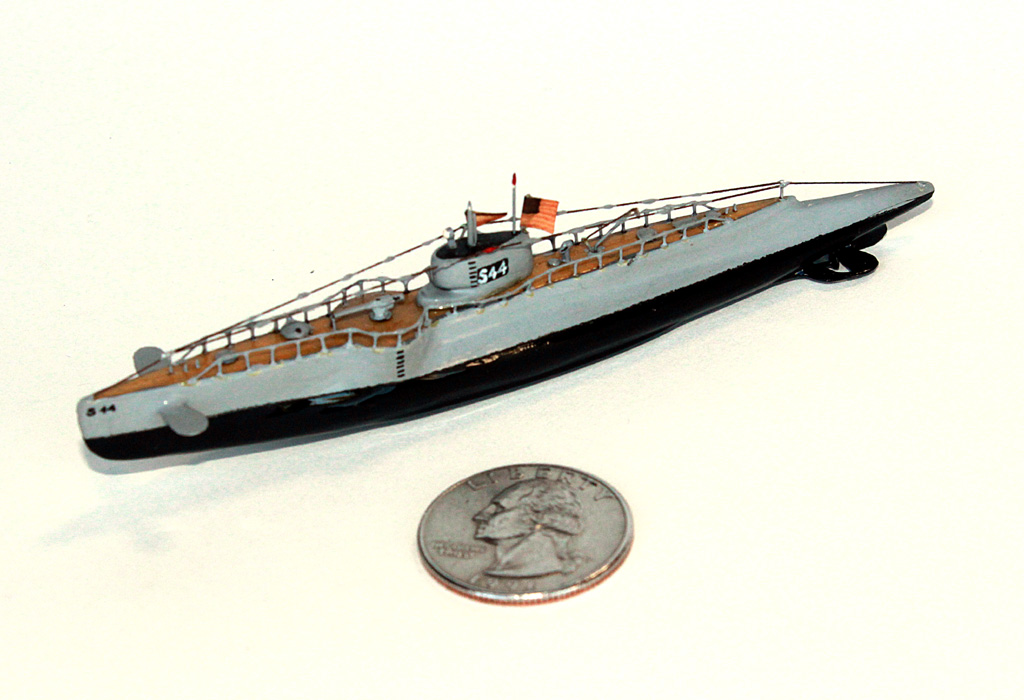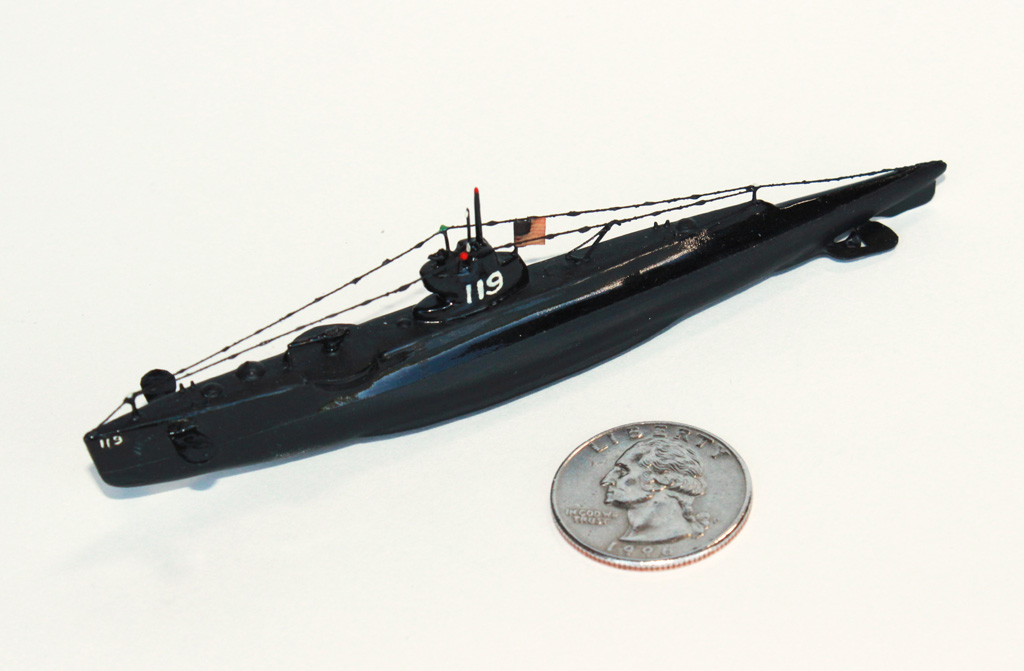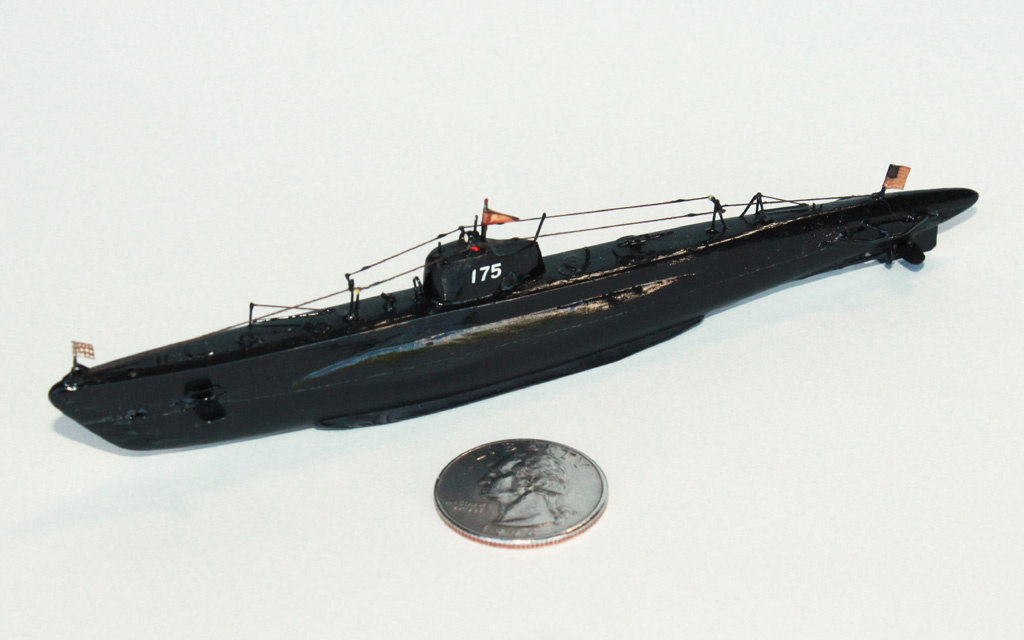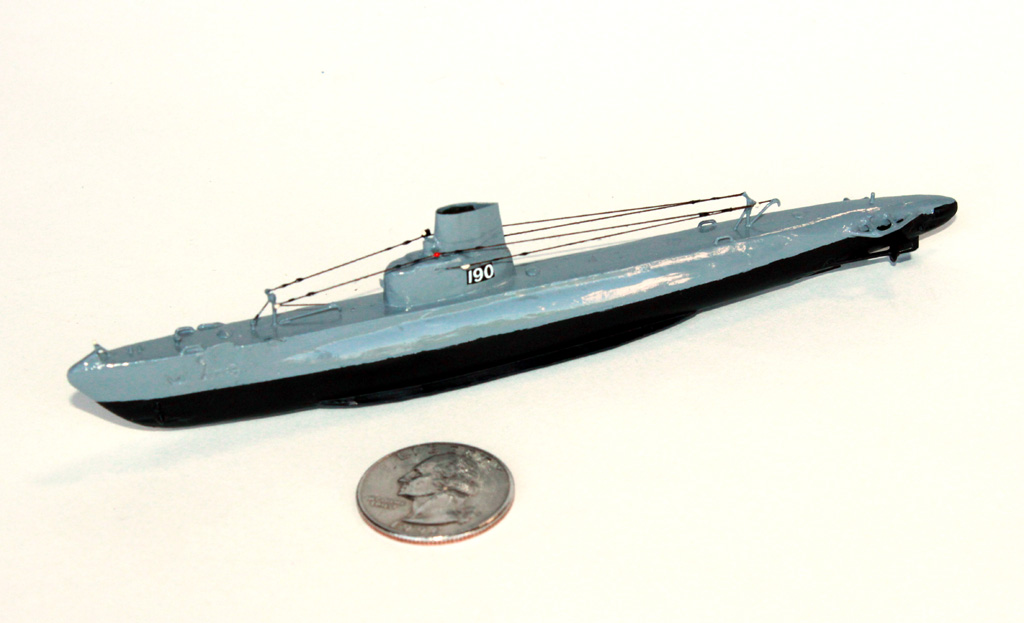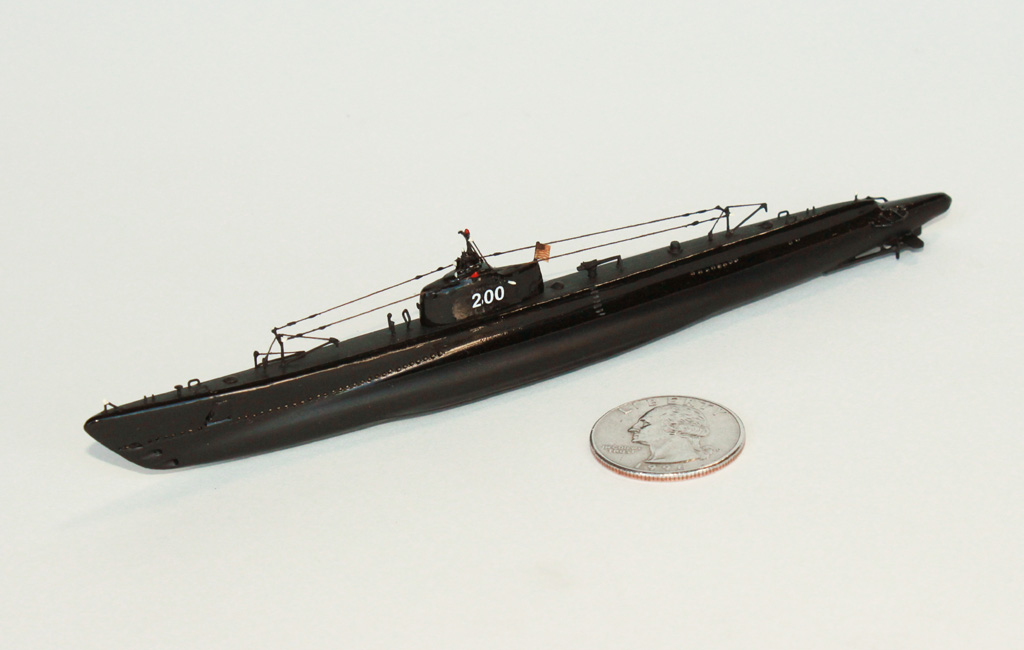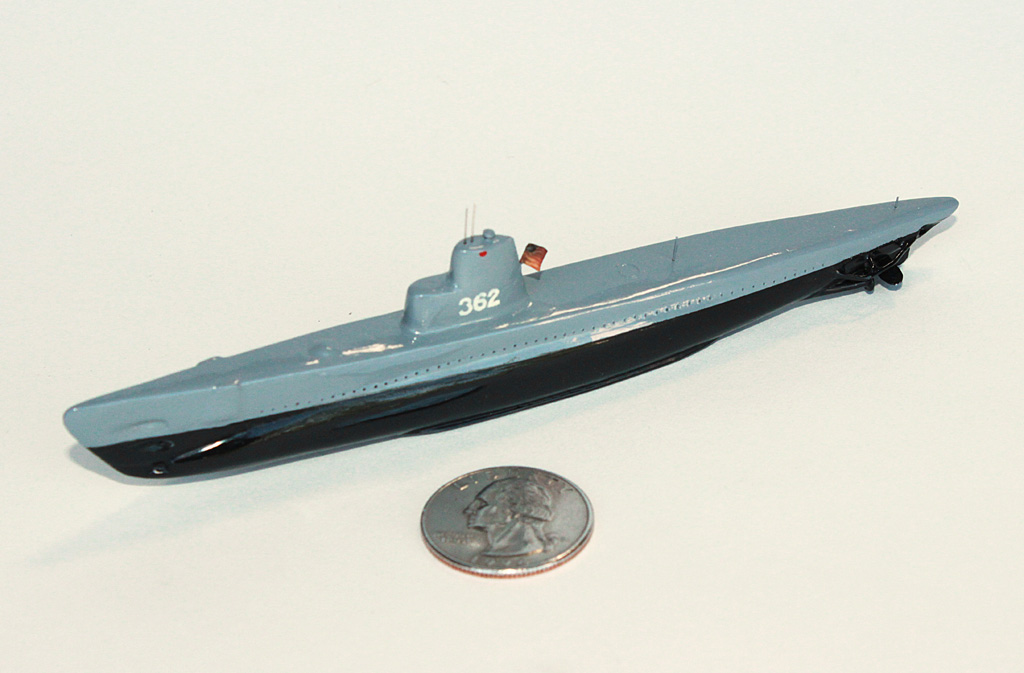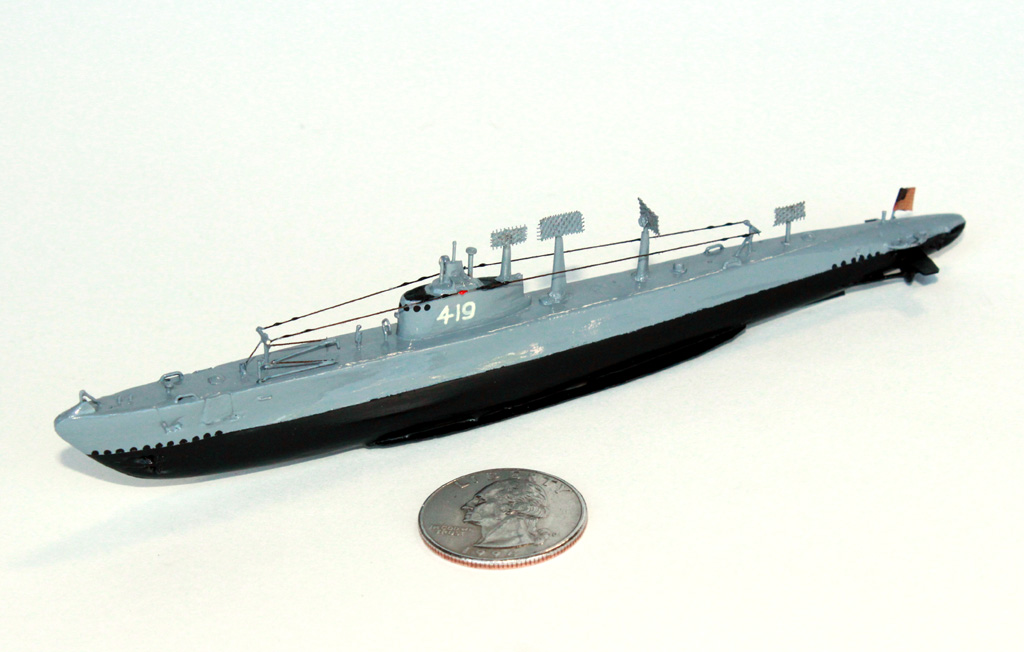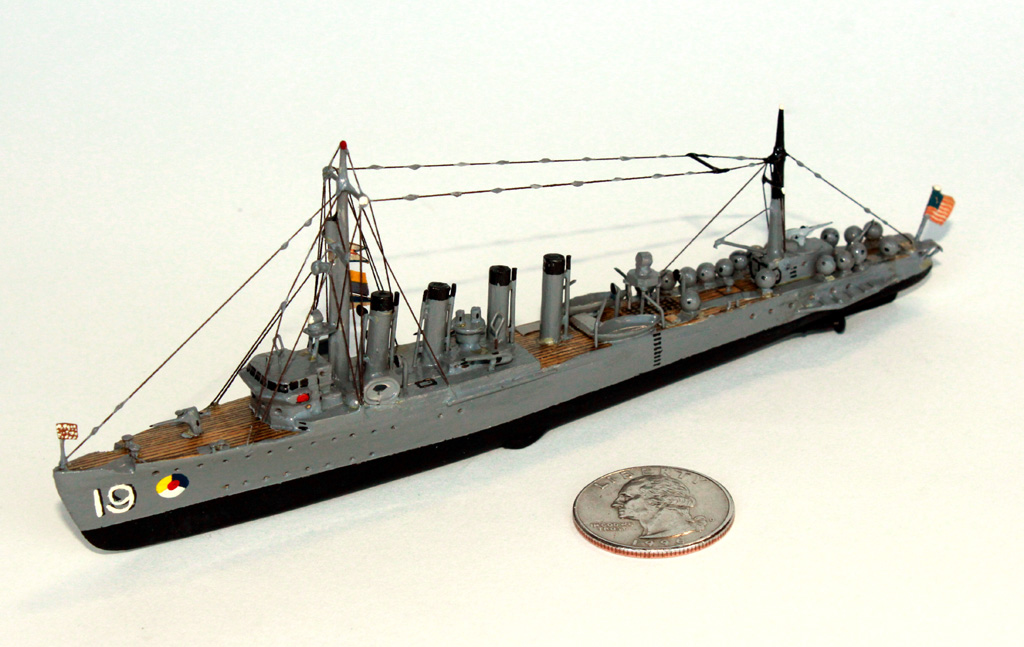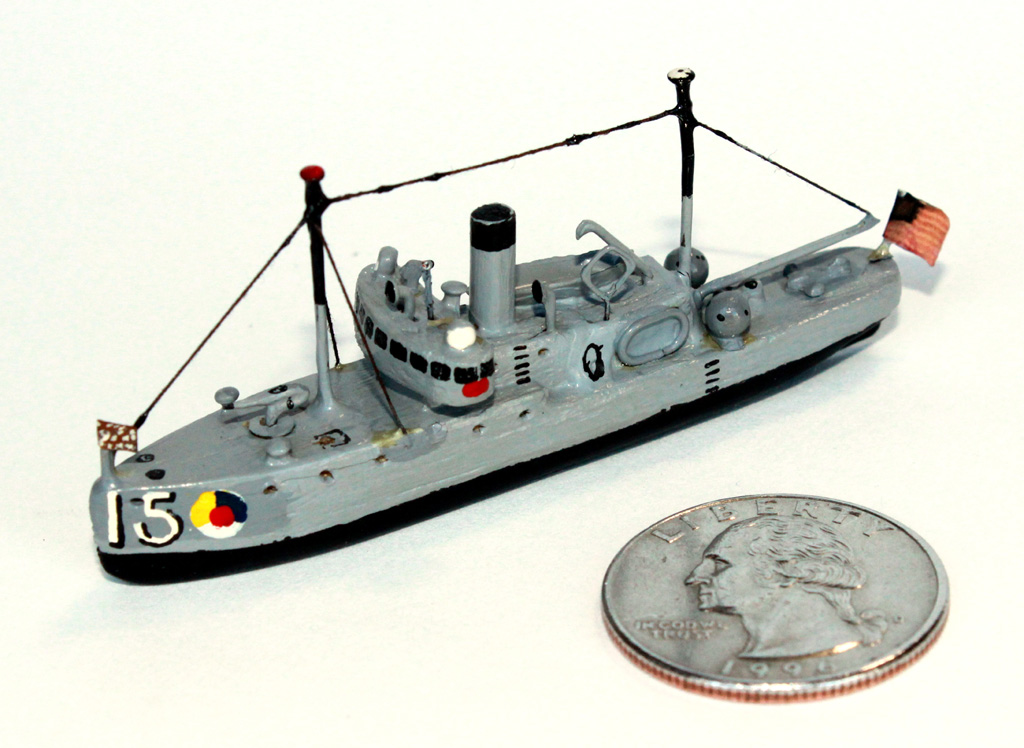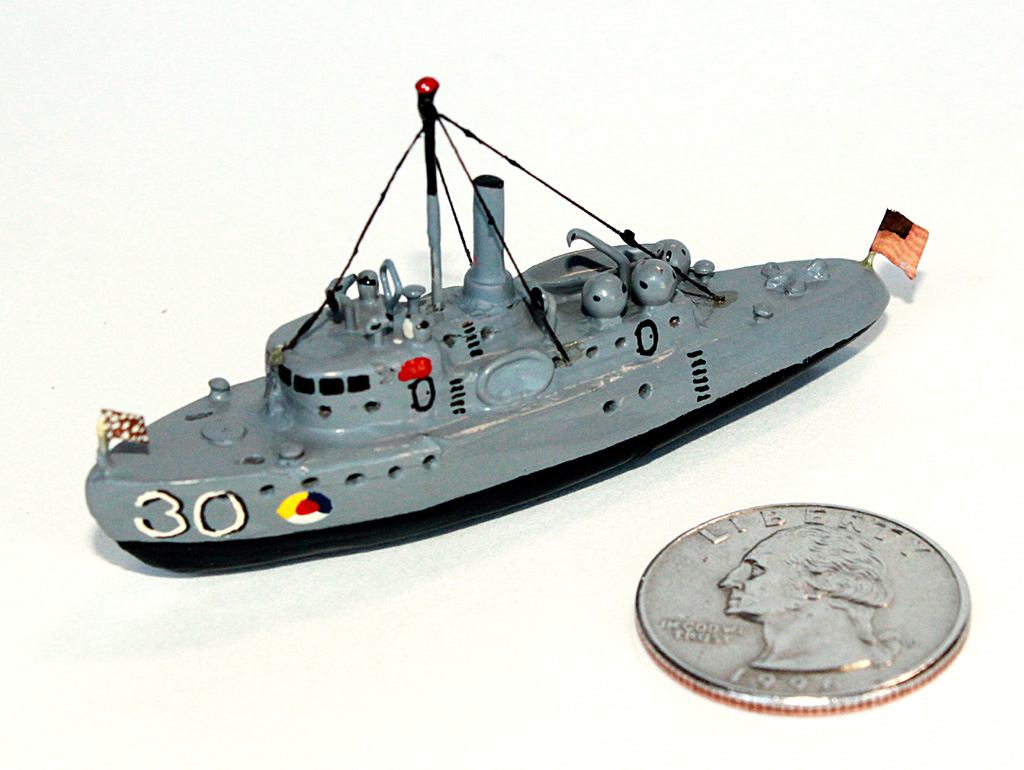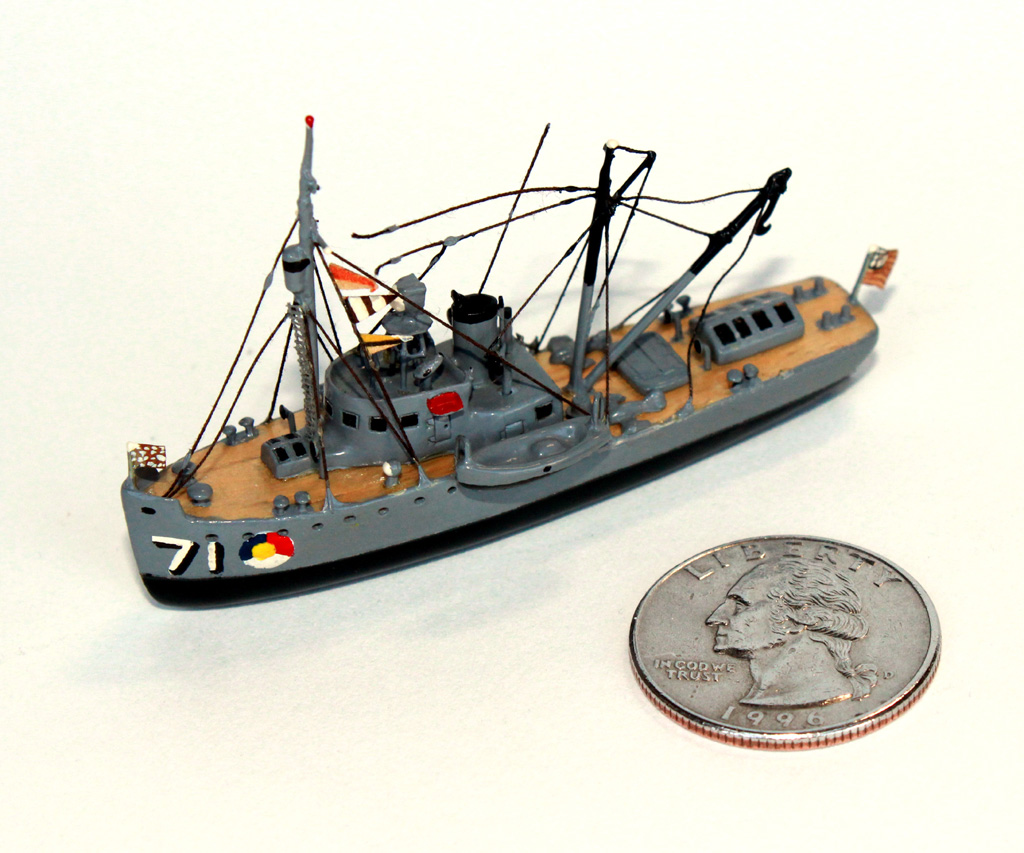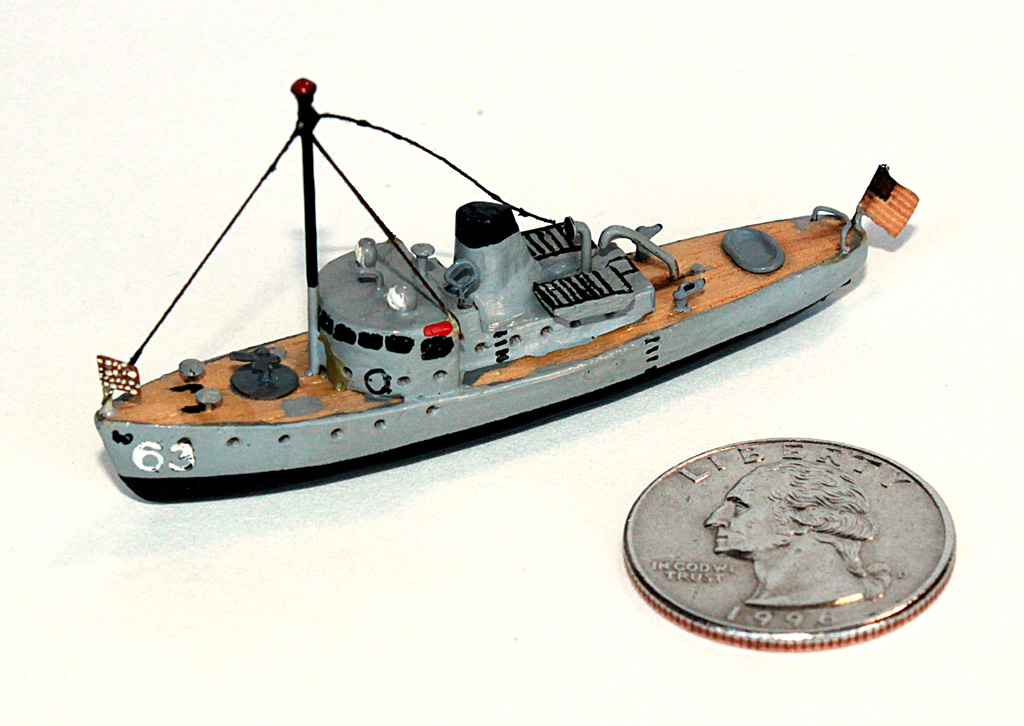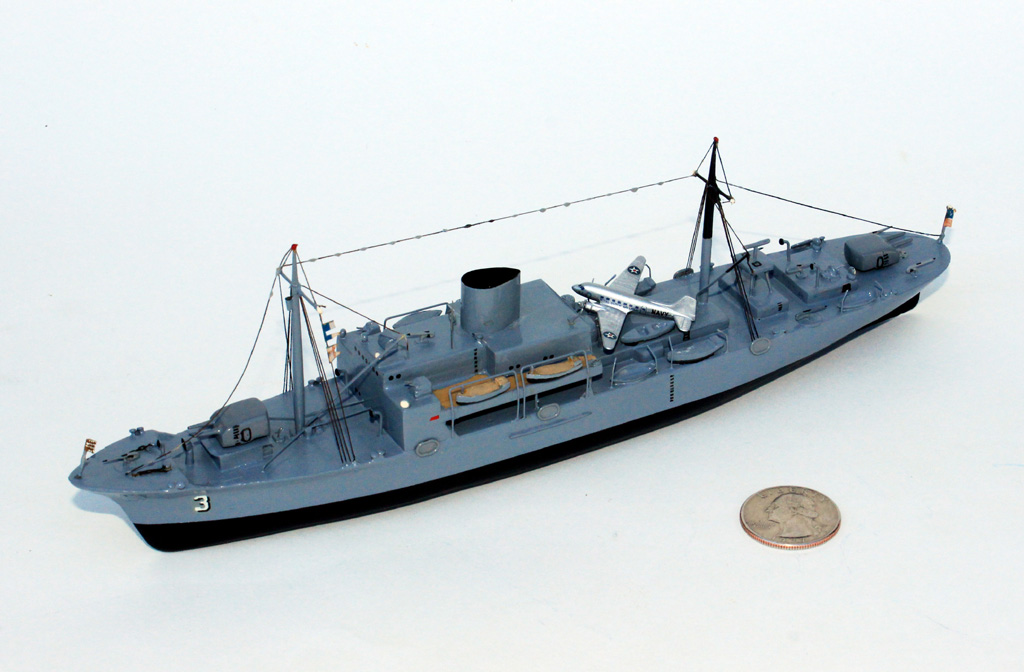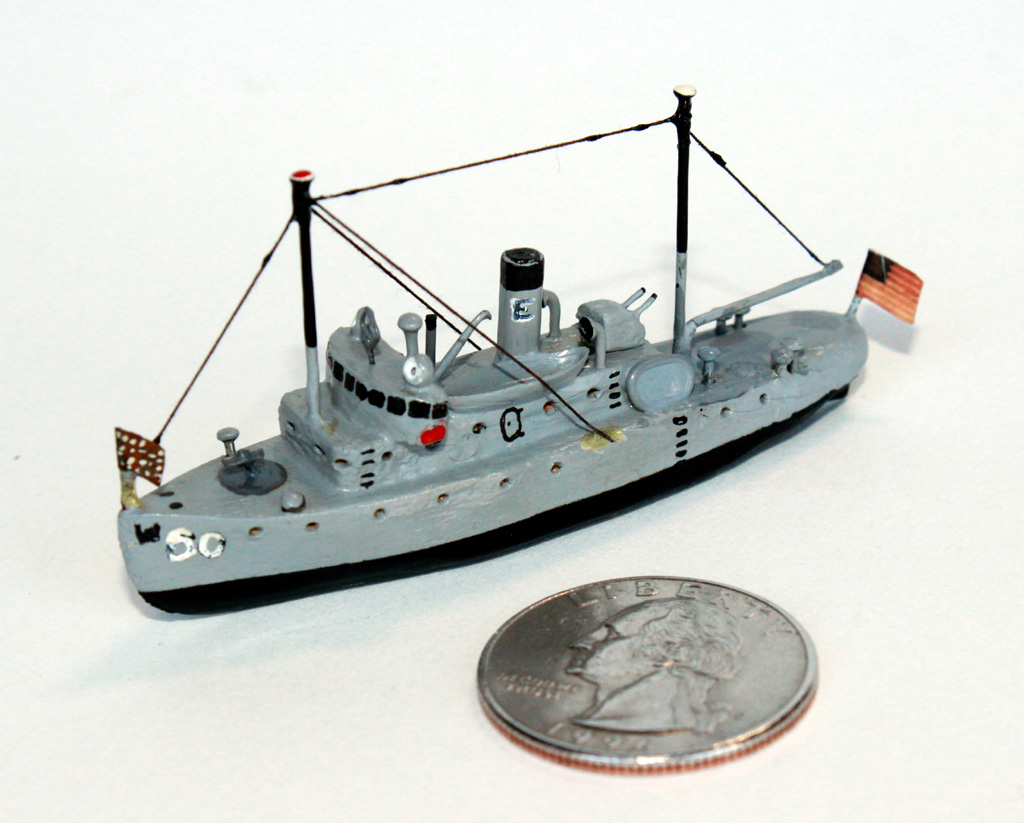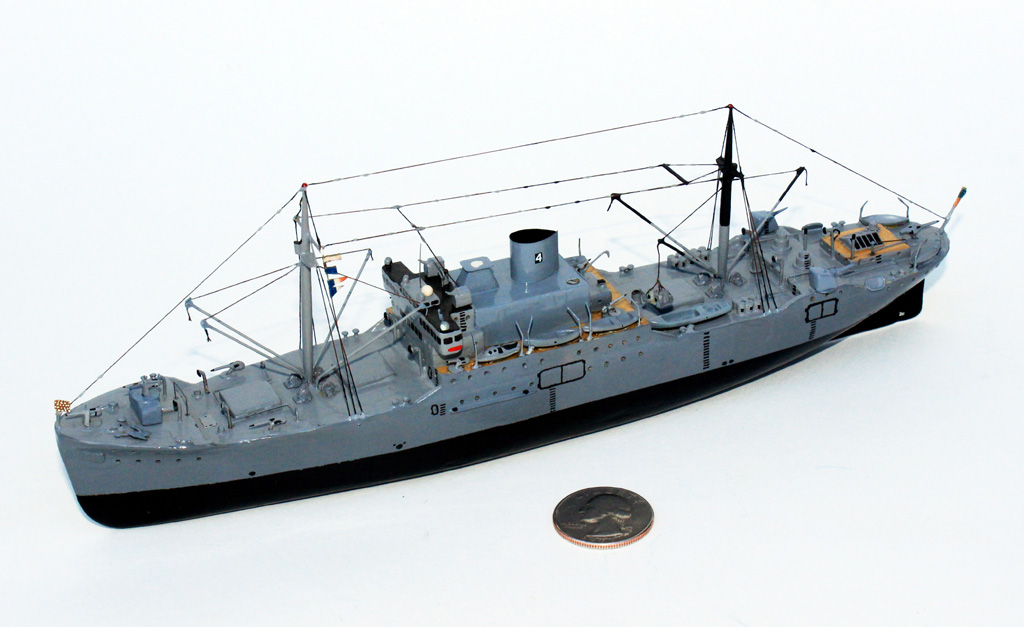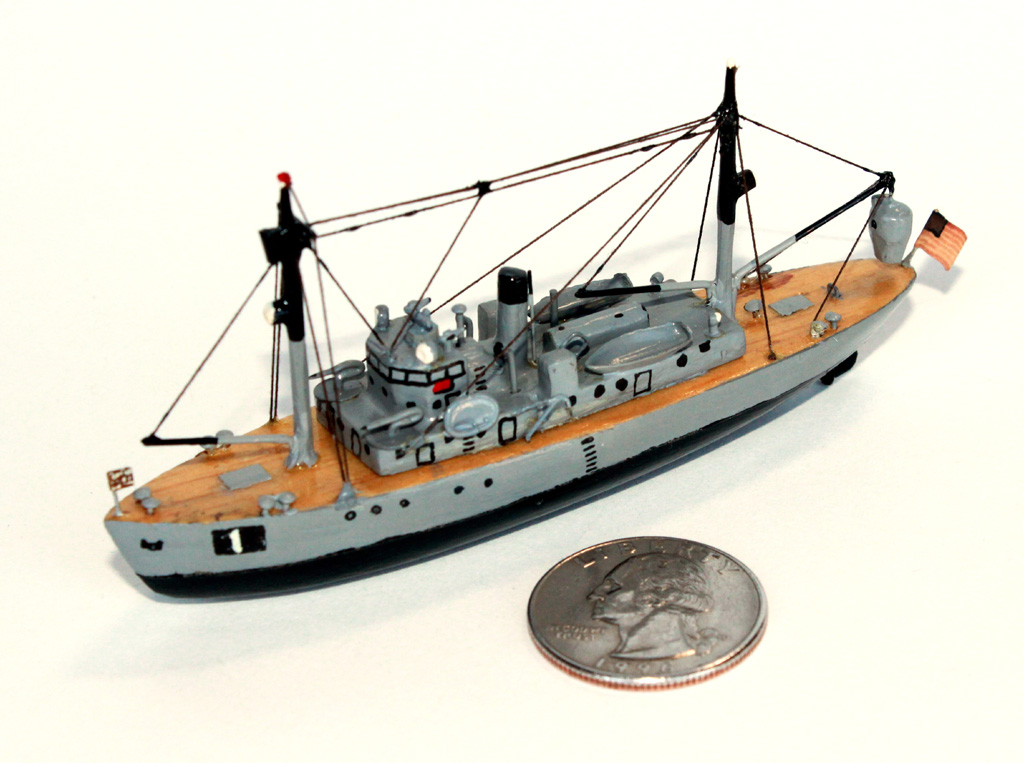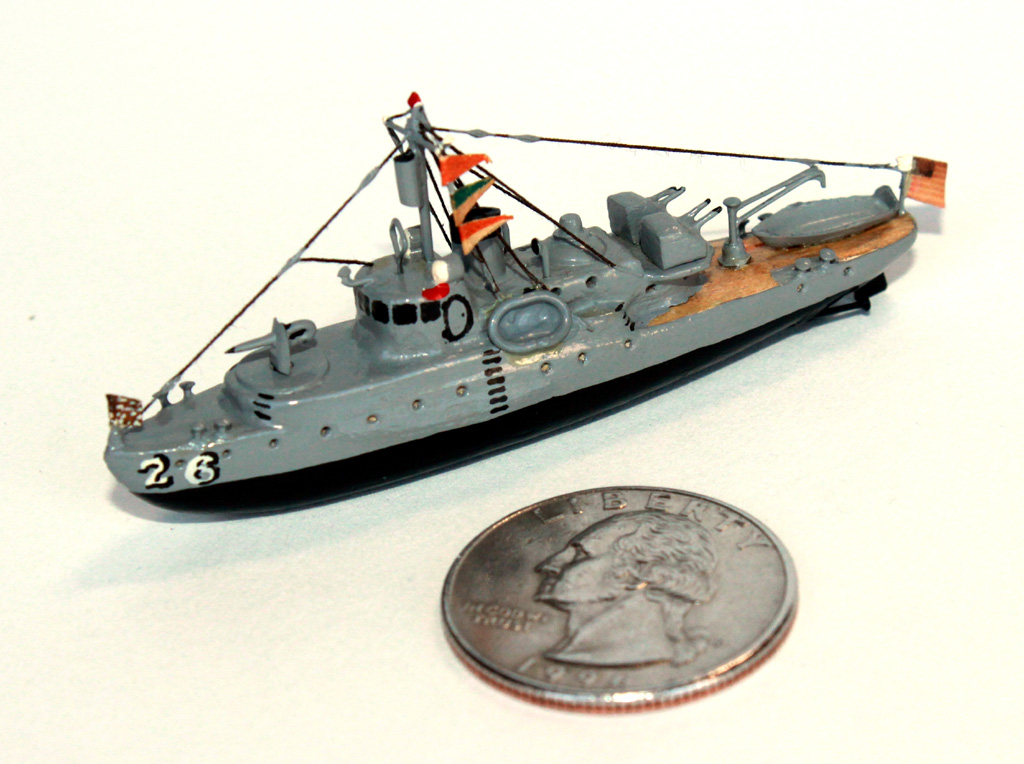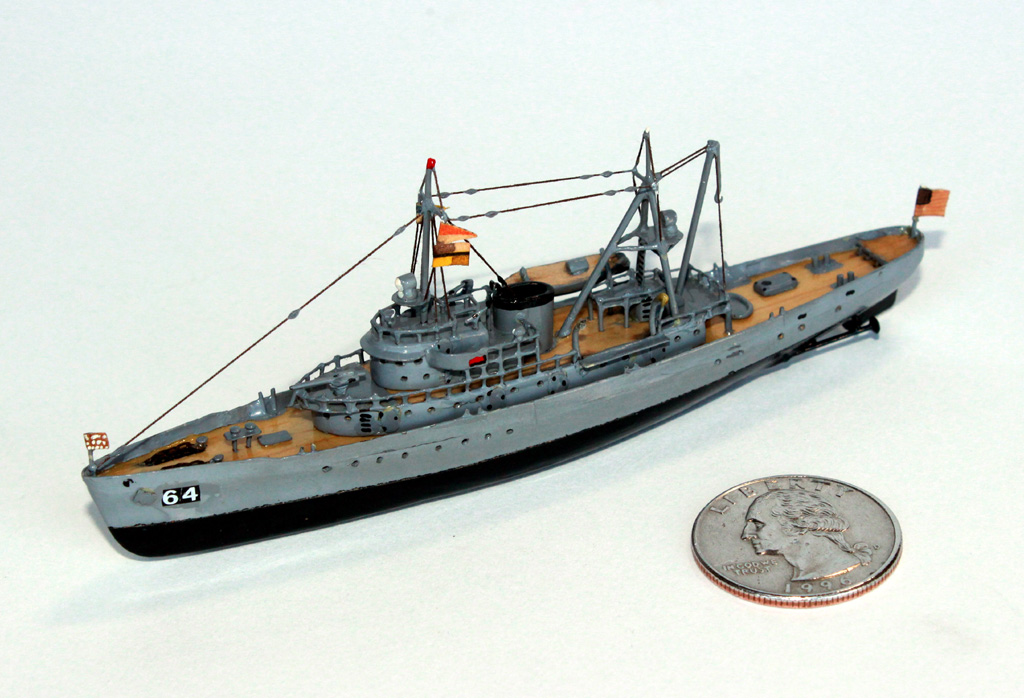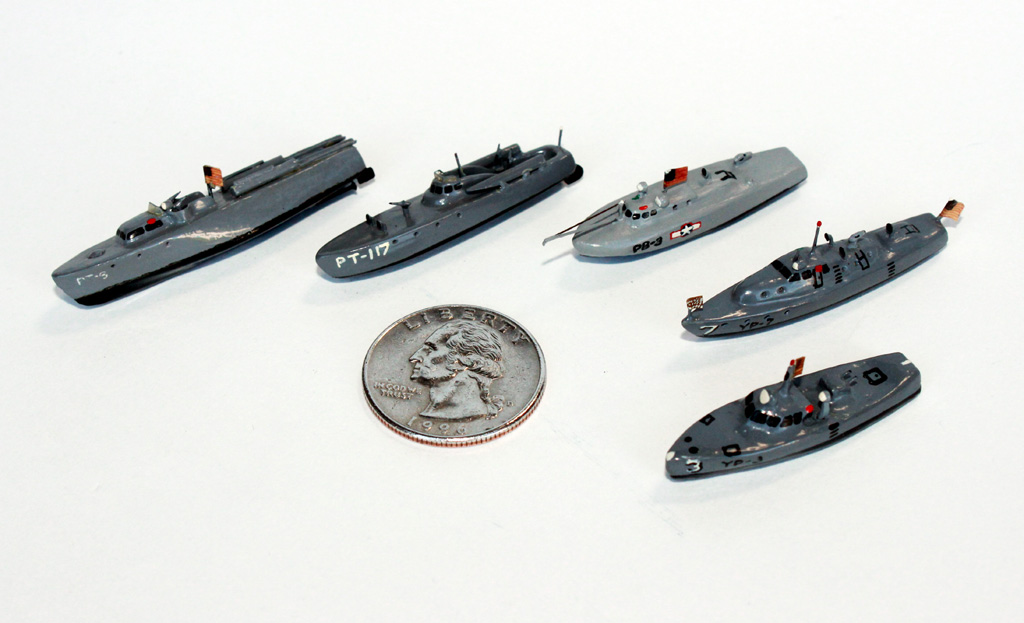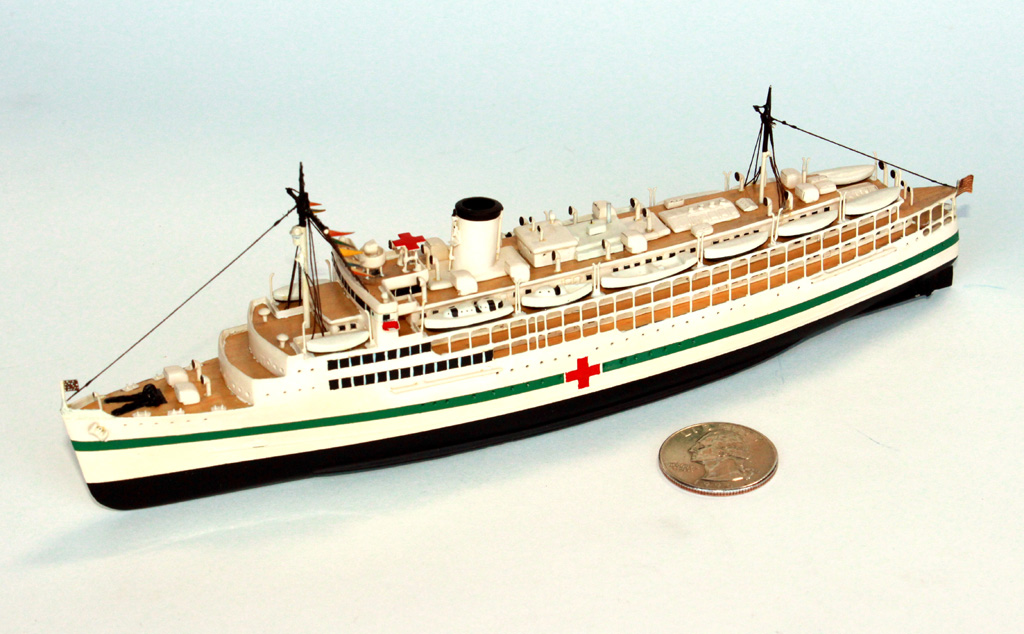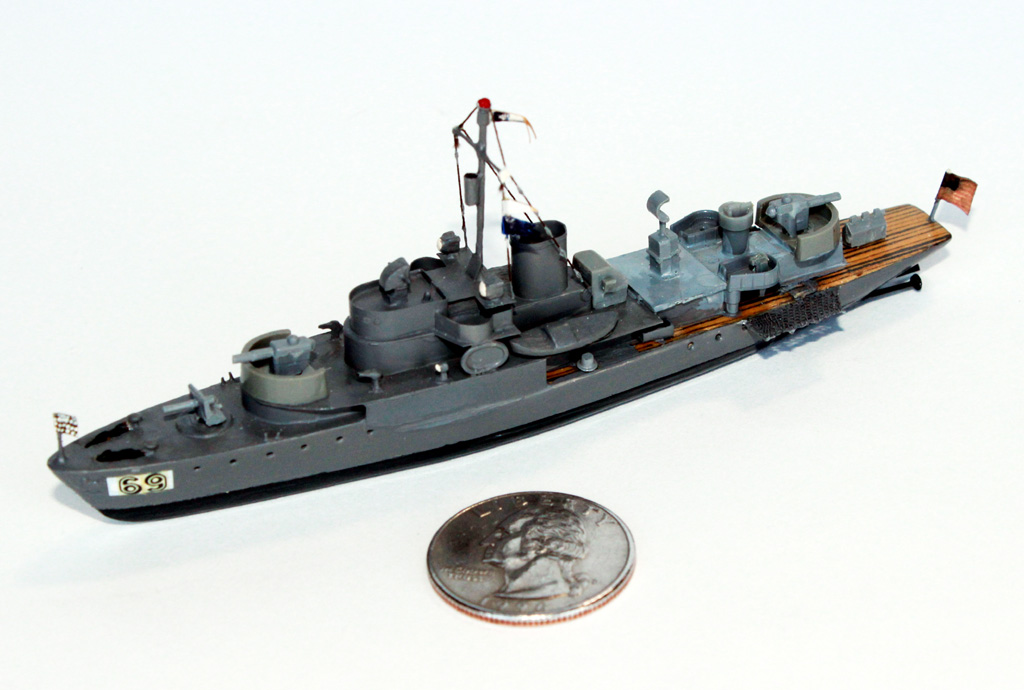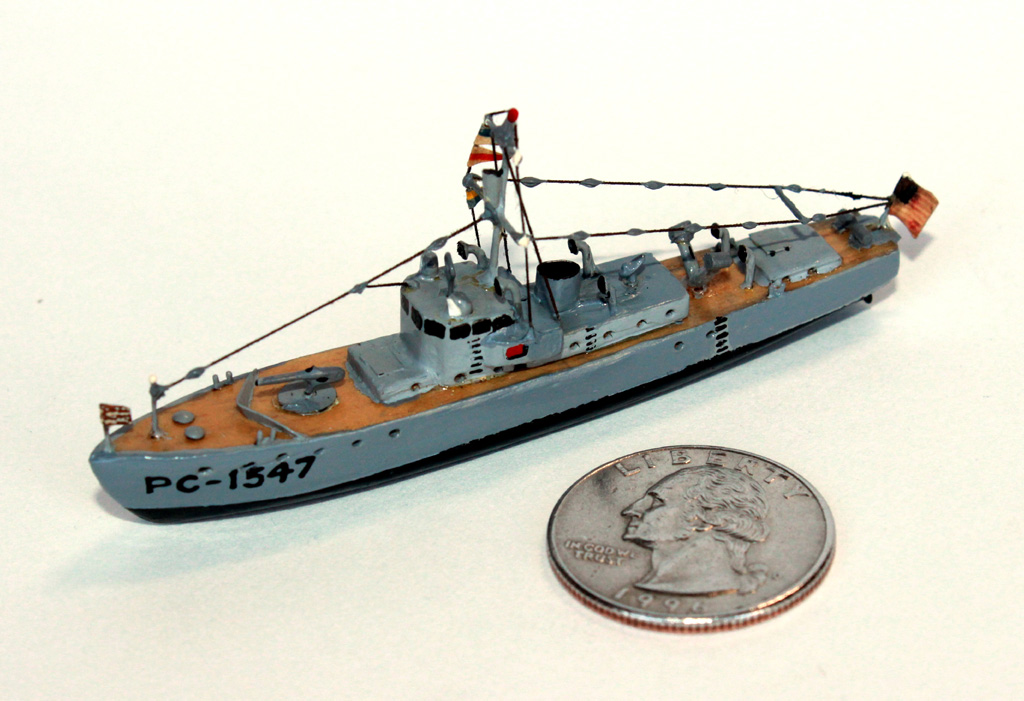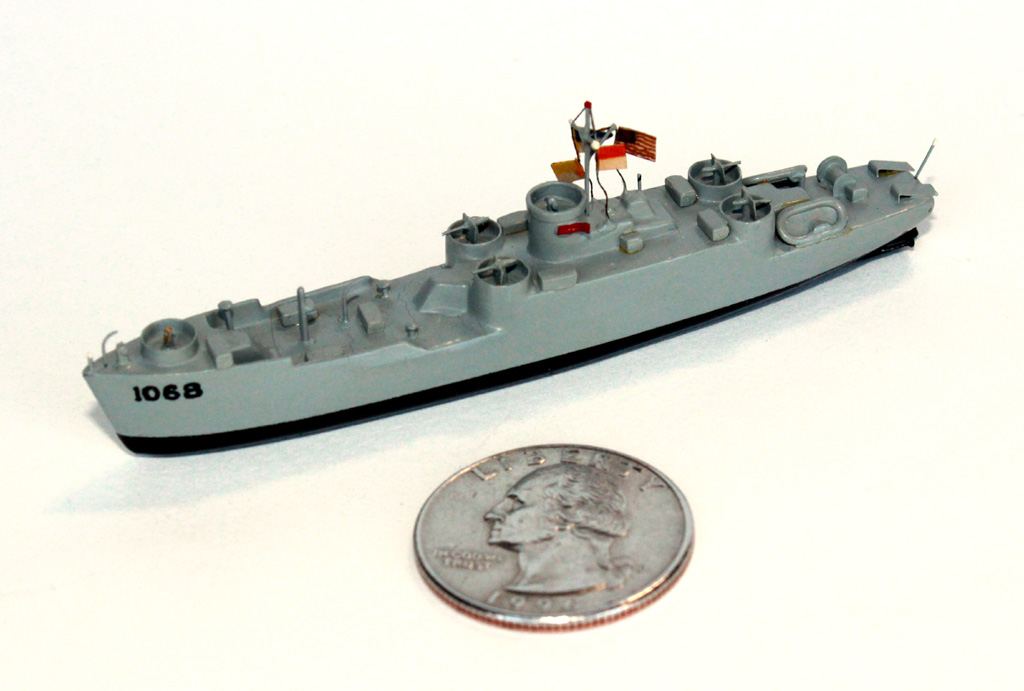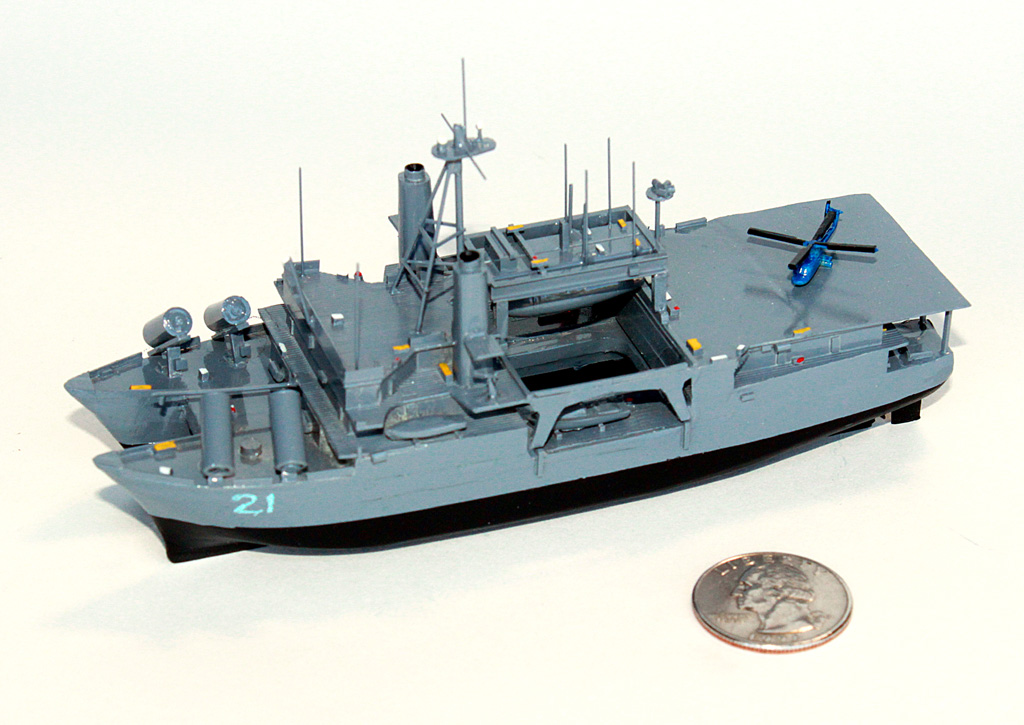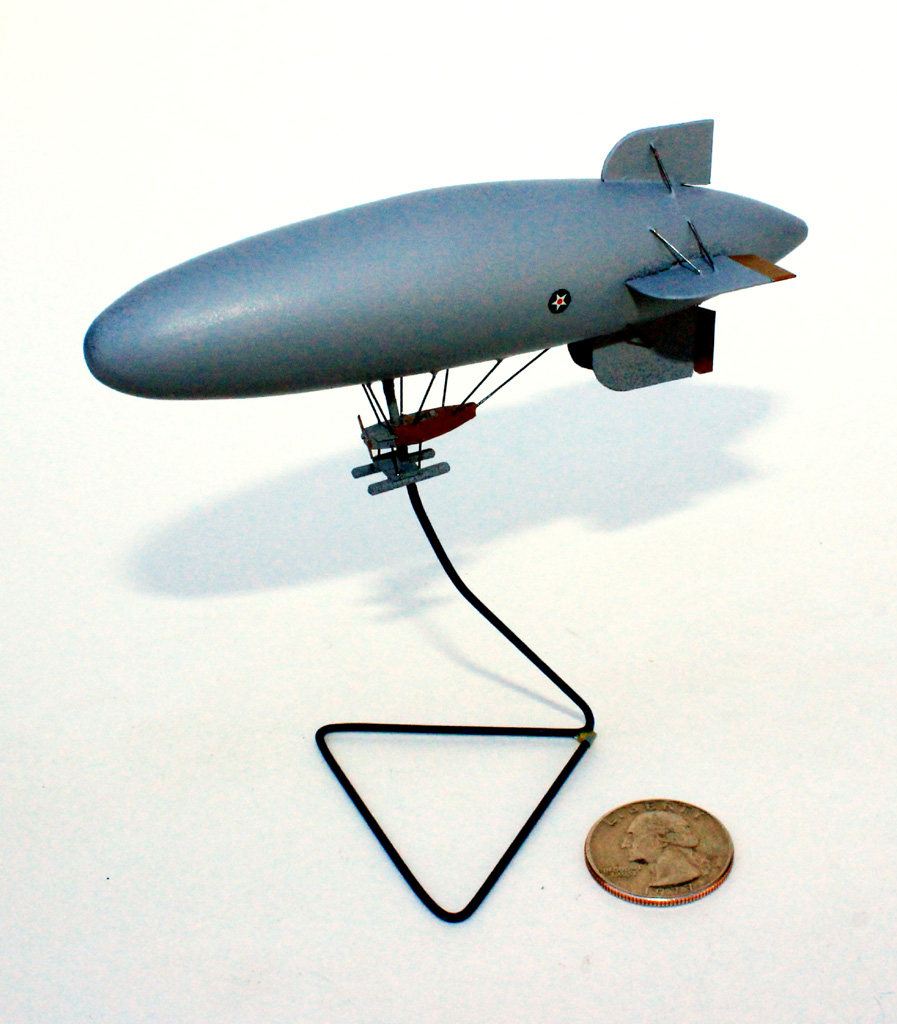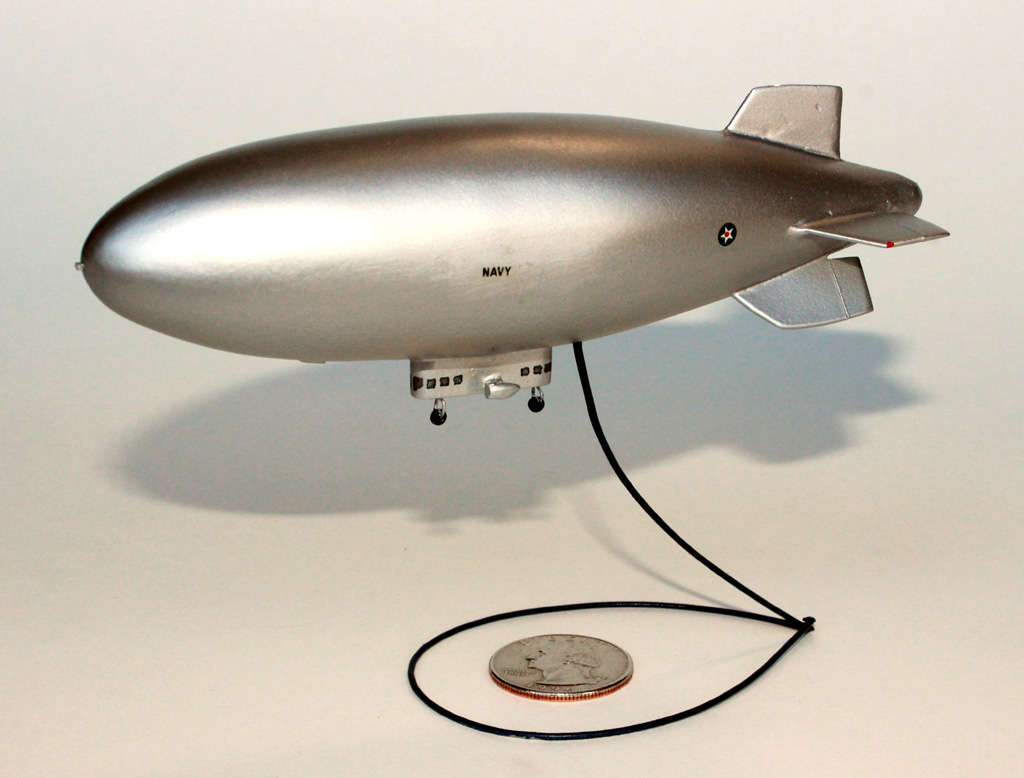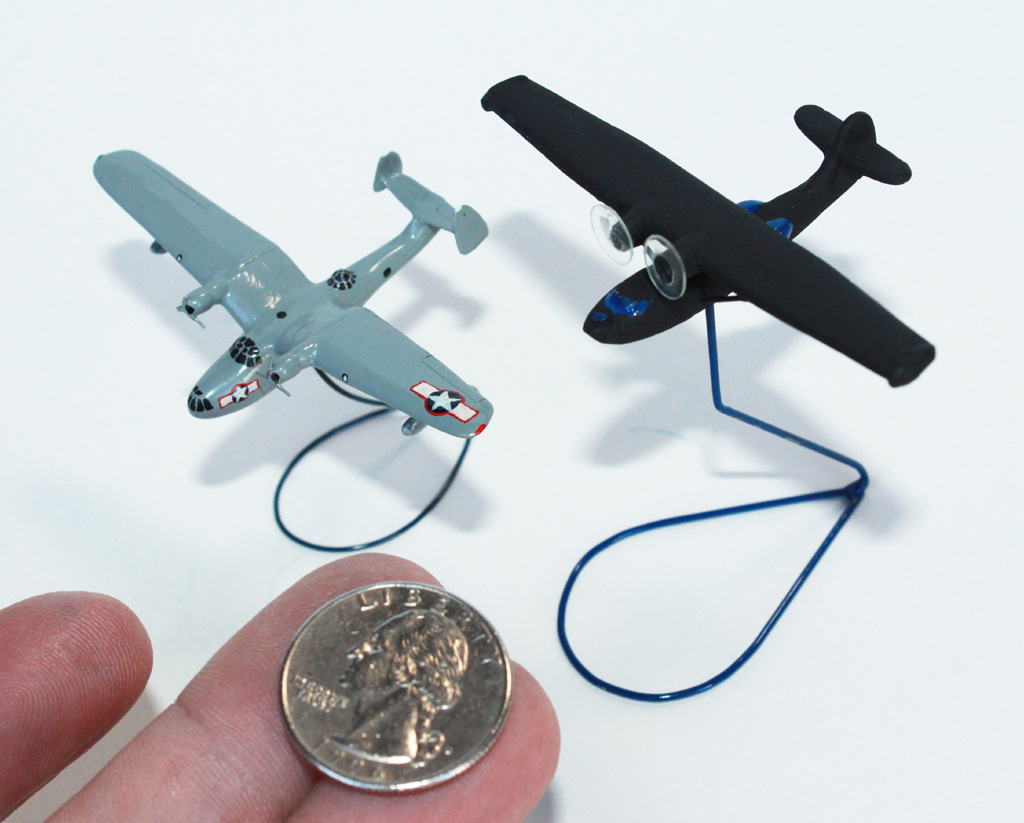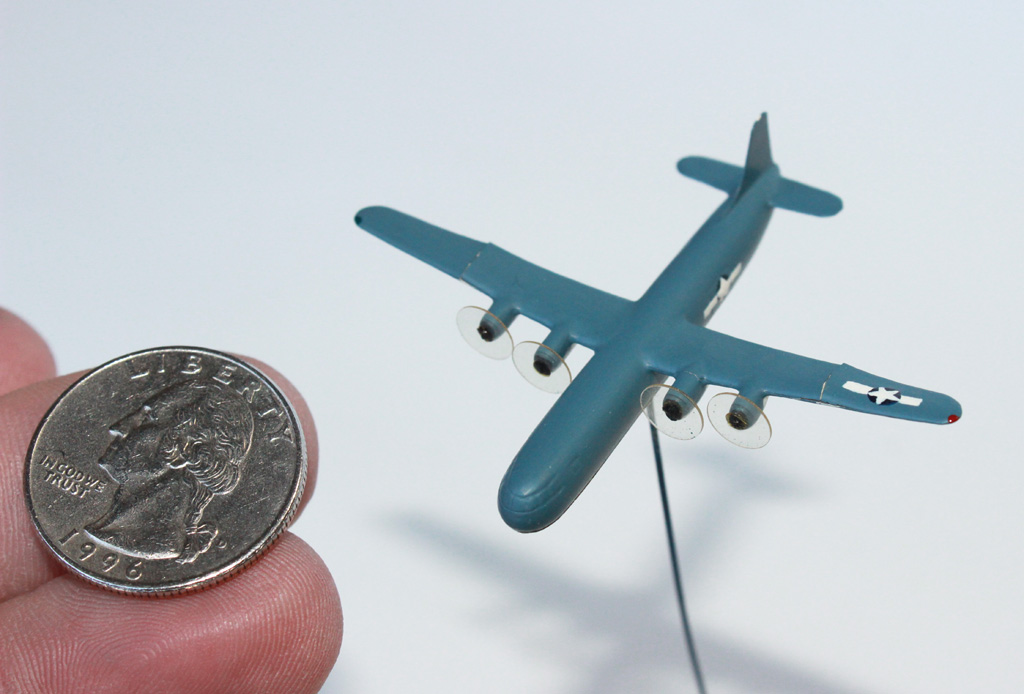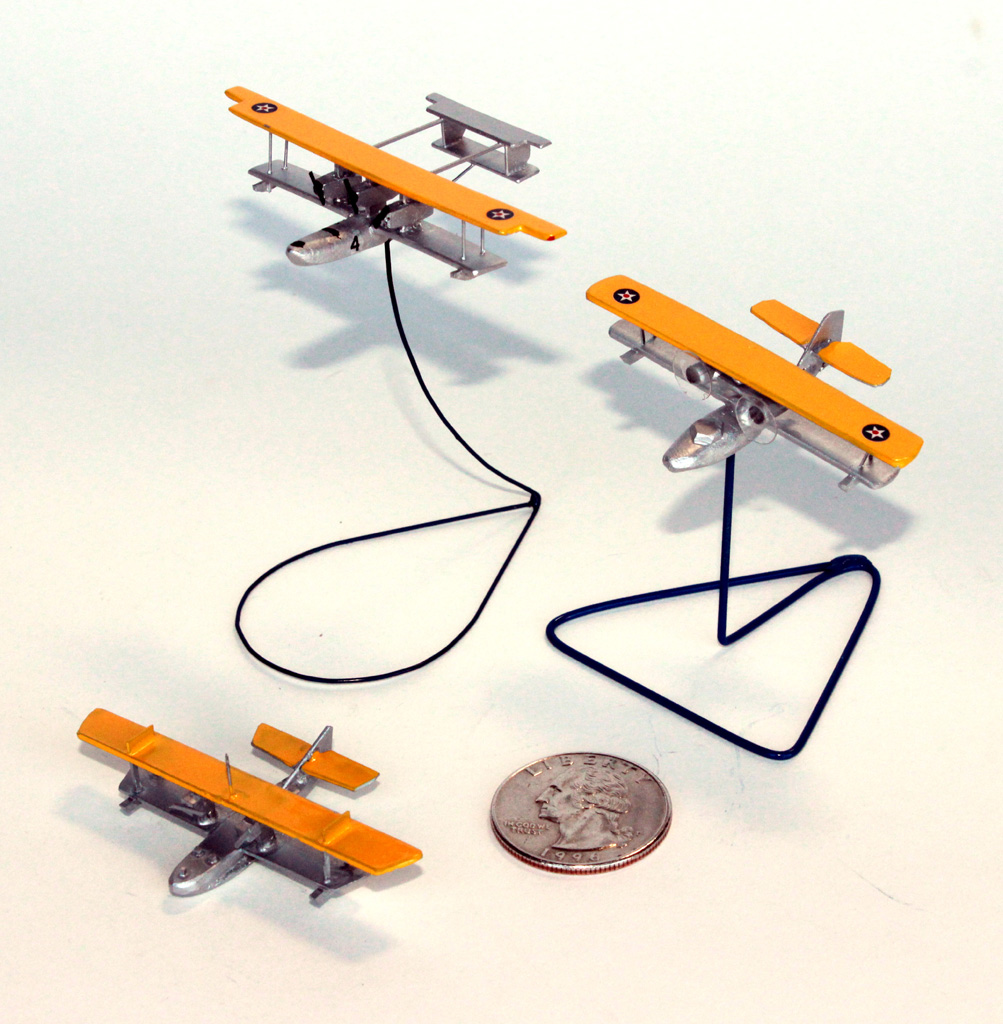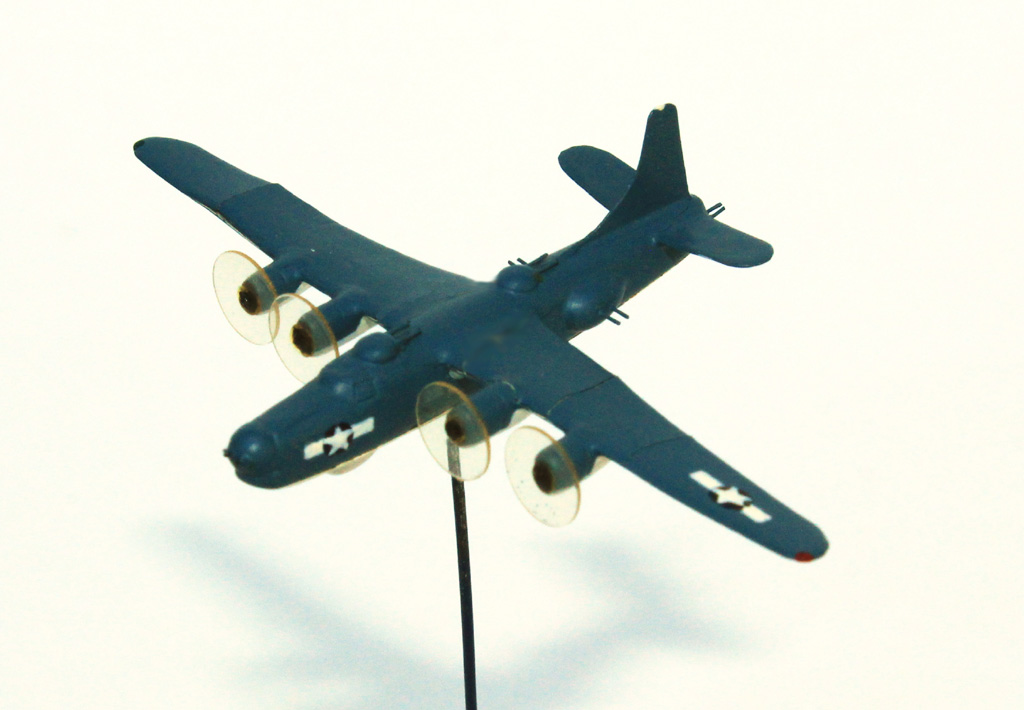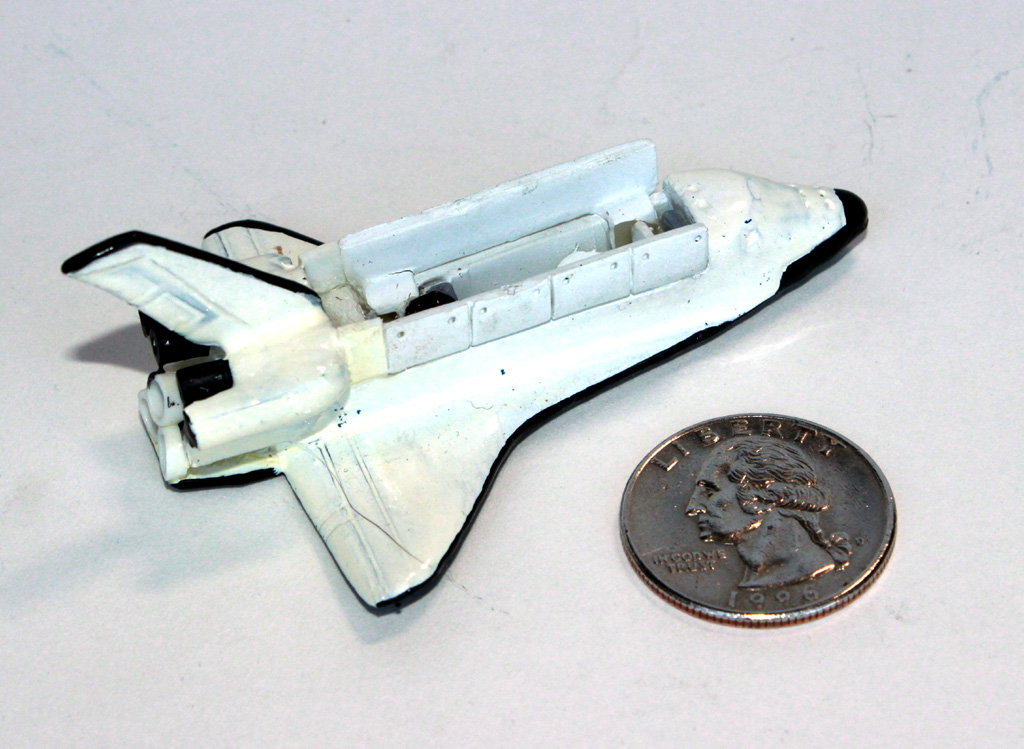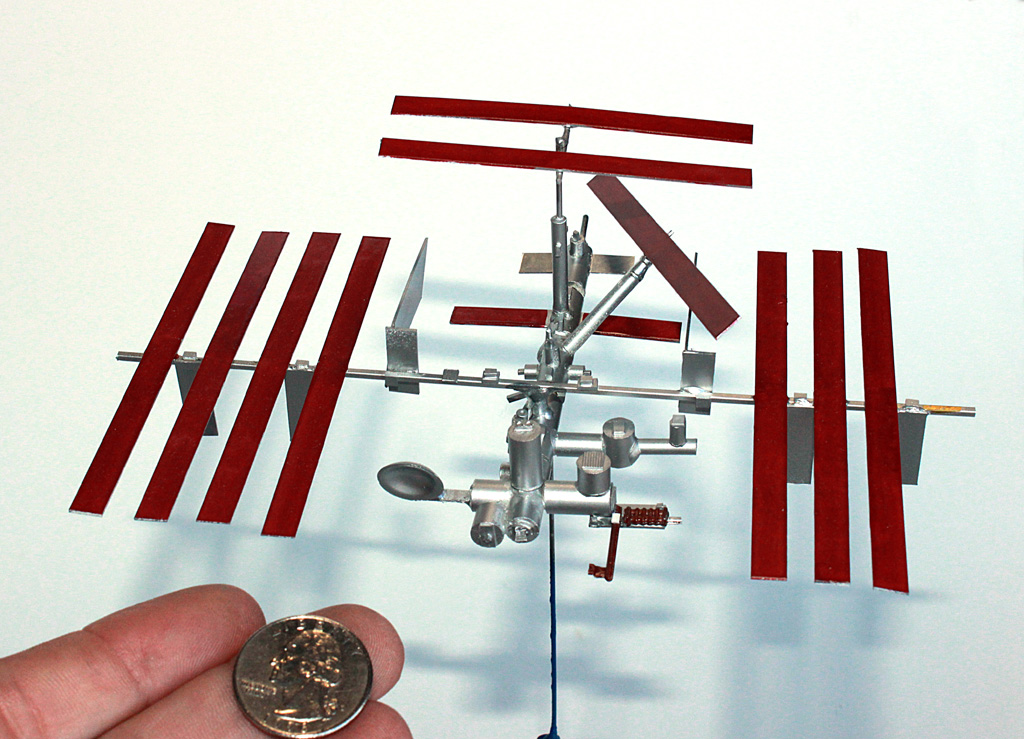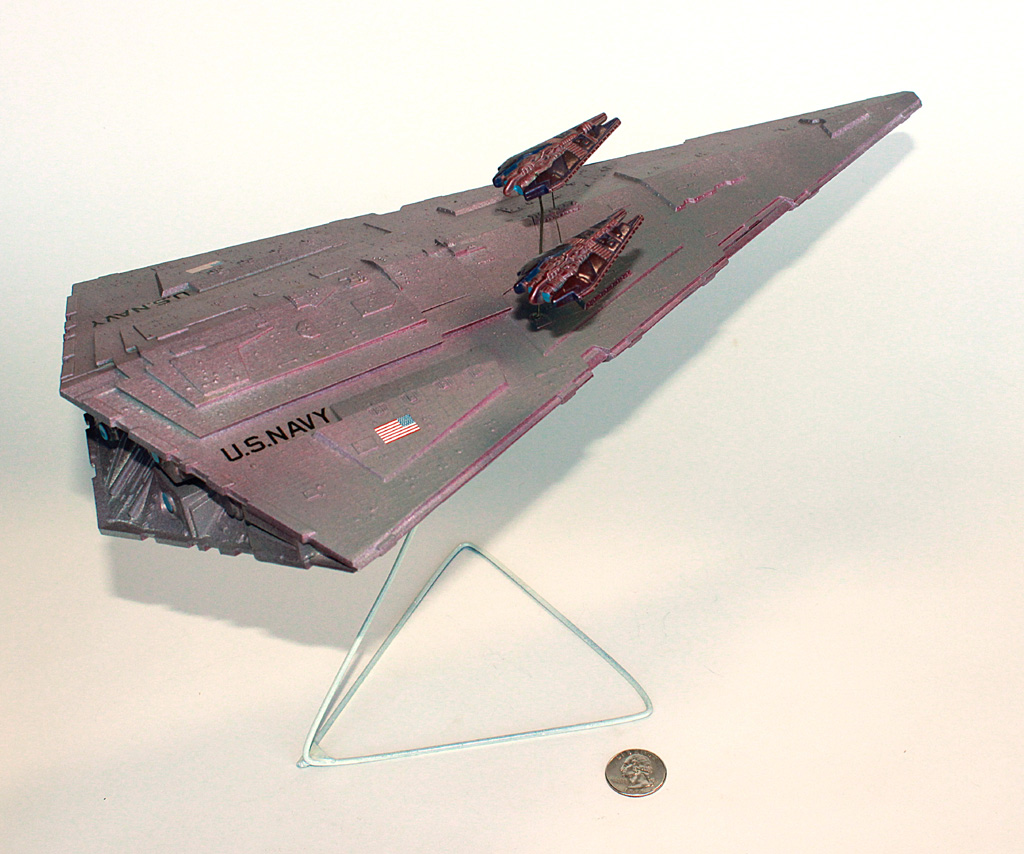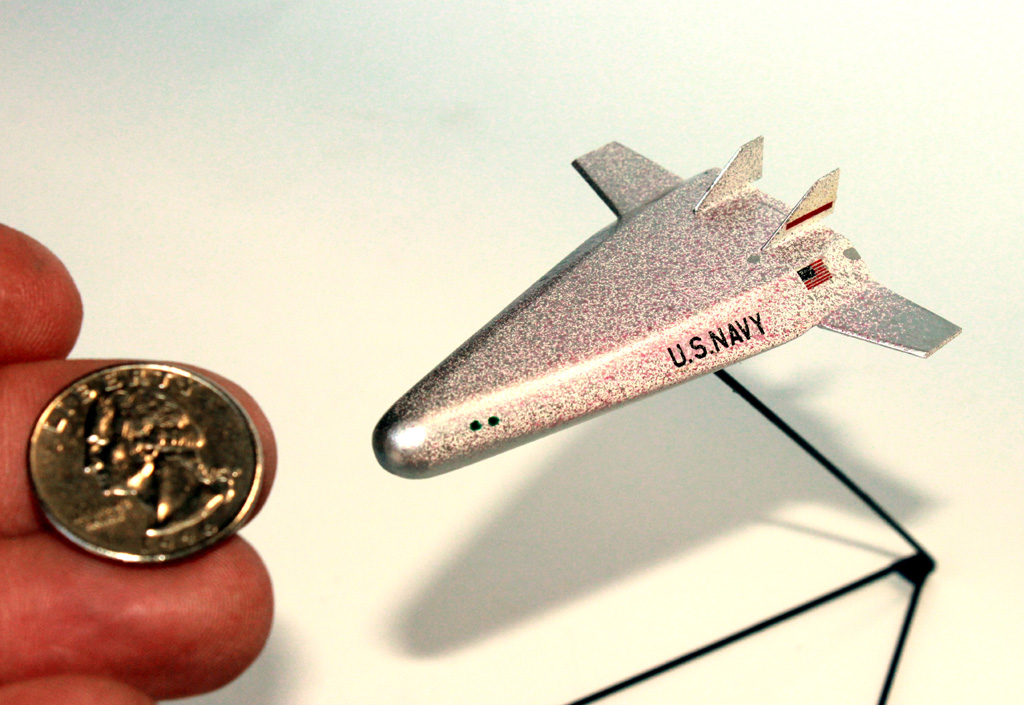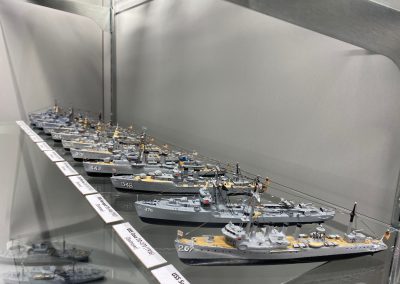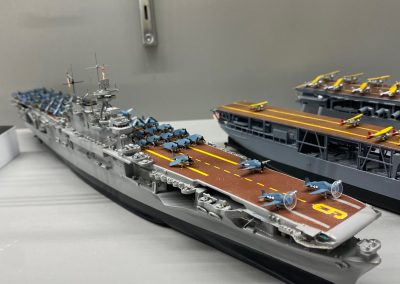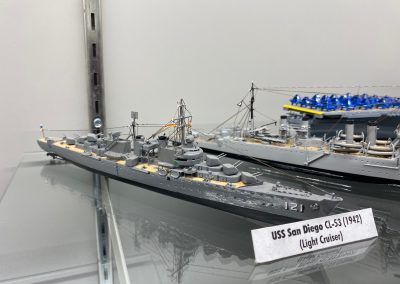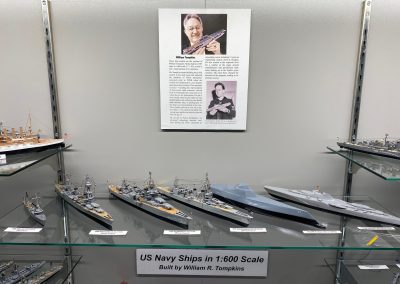The Miniature Engineering Craftsmanship Museum has been fortunate to receive a portion of William Tompkins’ model ship collection for permanent display. The display features over 70 of Bill’s scale models, which illustrate a great deal of US naval history.
The William Tompkins Model Ship Collection
1/600 Scale Aircraft Carriers
The USS Langley (CV-1, 1923) was the first carrier in the United States military arsenal. The ship was constructed in 1920 by placing a flight deck atop a collier (coal ship) called the USS Jupiter. The ship was named after aviation pioneer Samuel Pierpont Langley. The Langley was refitted as a seaplane tender and fought in WWII until it sank from a bomber attack. In addition to being the first US carrier, this was also the Navy’s first electrically propelled ship.
Bill’s 1/600 scale model of the USS Saratoga (CV-3, 1928). The Saratoga’s keel was laid as a battle cruiser, but a treaty in 1922 restricted the construction of such ships. So the Saratoga was refitted as a carrier. The Lexington-class ship entered service in 1928, and operated in a number of major Pacific campaigns during WWII. While the Saratoga survived WWII, it was used as a target for atomic bomb testing after the war, and eventually sank. The vessel survived the first test, but not the second.
The USS Ranger (CV-4, 1933) was the first dedicated US Navy carrier designed from the ground up. A relatively small and slow ship, the Ranger served in the Atlantic during WWII. Six smokestacks can be seen coming out of the sides of the ship. Later designs would direct them upward. The USS Ranger was one of the first fourteen ships to be fitted with the new RCA CXAM-1 radar in 1942. The ship was one of only three pre-war US carriers to survive WWII (there were 8 total).
This Yorktown-class carrier was launched in 1936. Interestingly, this was actually the seventh ship to carry the USS Enterprise name. Sometimes referred to as “The Big E,” the Japanese announced on three separate occasions that they had sunk the Enterprise in battle, only for the ship to return each time. This earned the Enterprise another nickname—The Grey Ghost. All told, the USS Enterprise (CV-6, 1941) earned 20 battle stars, the most of any US warship during WWII.
Commissioned a week after the end of WWII, the USS Midway (CV-41, 1951) was the largest ship in the world until 1955. The ship served for an unprecedented 47 years, saw action in the Vietnam War, and was the flagship of the Persian Gulf during Operation Desert Storm. Finally decomissioned in 1992, the Midway is now a floating museum in San Diego, CA. It’s the only remaining US aircraft carrier from the WWII era that is not an Essex-class ship. Bill’s scale model Midway is configured here for “Project Sandy,” a 1947 experimental attempt at firing a captured German V2 missile from the flight deck. This risky program almost ended in disaster, the was discontinued. (Note: this model was based on a plastic kit, with scratch-built Project Sandy details added.)
Originally laid down as a cargo ship in 1939, the USS Long Island (CVE-1, 1941) was acquired by the US Navy and refitted as the first escort carrier in 1941. The ship served in the Pacific during WWII transporting aircraft to various bases, and also as a training carrier in San Diego. The USS Long Island was decommissioned in 1946, and was eventually refitted for different commercial configurations—including as a floating student hostel. The ship was scrapped in 1977.
1/600 Scale Battleships
The USS Connecticut (BB-18, 1907) was the flagship of Teddy Roosevelt’s “Great White Fleet.” The moniker was a popular nickname for the US Navy battle fleet that completed a circumnavigation of the globe from December 16, 1907 to February 22, 1909. The fleet consisted of 16 white-hulled battleships that were divided into two squadrons, along with various escorts. Roosevelt sought to demonstrate growing American military power and blue-water naval capability. Hoping to enforce treaties and protect overseas holdings, the US Congress appropriated funds to build up American sea power.
The USS New York (BB-34, 1938) was the lead ship of the San Antonio class. It was designed as the first ship to carry the 14-inch/45 caliber (356 mm) gun. Entering service in 1914, the USS New York was part of the US Navy force sent to reinforce the British Grand Fleet in the North Sea near the end of WWI. During that time, the ship was involved in at least two incidents with German U-boats. It is believed to be the only US ship to have sunk a U-boat, which happened during an accidental collision in October 1918.
Launched in 1914, the USS Nevada (BB-36, 1939) was a big leap forward in dreadnought technology. Three new features would be included on almost every subsequent US battleship: triple gun turrets, oil in place of coal for fuel, geared steam turbines for greater range, and the “all or nothing” armor principle. These features made the Nevada the first US Navy “super-dreadnought.” Unfortunately, the Nevada was caught in Pearl Harbor during the Japanese attack in 1941. It was the only battleship to get under way during the attack, but was hit with bombs and torpedos and had to be beached. The ship was repaired and returned to service in the Atlantic, taking part in the assault on Normandy.
The USS Mississippi (BB-41, 1941) was commissioned in 1917, too late to serve in WWI. However, the ship served extensively in the Pacific during WWII, earning eight battle stars. This was one of several pre-war battleships to participate in the Battle of Surigao Strait, the last naval battle in which air power did not play a part. After the war, the Mississippi’s two sister ships were decommissioned and scrapped. However, the Mississipps continued to serve for another decade as a weapons testing ship (AG-128). It played an important role in the development of the RIM-2 Terrier missile system. In 1956, the ship was sold for scrap after plans to turn it into a museum fell through.
The USS Colorado (BB-45, 1940) was based in Hawaii, and starting in 1941 the ship served for the entirety of WWII in the Pacific. The Colorado took fire in several shore bombardments, and was hit by both kamikaze attacks along with accidental friendly fire. After the war, the ship made three runs from Hawaii to Washington, returning over 6,000 soldiers to the mainland. The Colorado was decommissioned in 1947, and sold for scrap in 1959.
Nicknamed “Showboat,” the USS North Carolina (BB-55, 1941) was the lead vessel of the North Carolina-class battleships. This was the first newly constructed battleship to enter service during WWII. It took part in every major naval offensive in the Pacific theater, and became the most highly decorated American battleship of WWII, accumulating 15 battle stars. The ship is now a museum and memorial kept at the seaport of Wilmington, NC.
1/600 Scale Heavy Cruisers
This model cruiser was designed by Bill Tompkins in 1939, but never actually built. Bill believed that this kind of design was the future of naval engineering, with a sleek and smooth profile. His work foreshadowed the beginning of the concept of “stealth” design, with an emphasis on low radar signature.
1/600 Scale Light Cruisers
The USS San Diego (CL-53, 1942) was an Atlanta-class light cruiser of the US Navy. It was commissioned just after the US entry into WWII, and active throughout the Pacific theater. The Atlanta-class cruisers had the heaviest anti-aircraft broadside of any warship during WWII. The San Diego was the second most decorated ship of WWII, being awarded 18 battle stars. It was also the first major Allied warship to enter Tokyo Bay after the surrender of Japan.
1/600 Scale Destroyers
1/600 Scale Submarines
The USS Thresher (SS-200, 1940) received 15 battle stars and a Navy Unit Commendation for World War II service in the Pacific. This placed the submarine among the most highly decorated US ships of the WWII. The Thresher was decommissioned in 1946.
1/600 Scale Mine Warfare Ships
1/600 Scale Combat Support Ships
The USS Acushnet (AT-63, 1908) served as a revenus cutter from 1908 to 1919. The vessel was refitted as a US Coast Guard ship from 1919 to 1936. It was then retasked to the Navy as an ocean tug during WWII.
The USS Falcon (ASR-2, 1938) was a submarine salvage ship. The third USS Falcon (AM-28) was a Lapwing-class minesweeper in the US Navy. It was later refitted as a submarine rescue ship (ASR-2).
The USS Navajo (AT-64, 1939) served as a fleet ocean tug in WWII. The ship was torpedoed and sunk by the Japanese submarine I-39 about 150 miles east of Espiritu Santo. Seventeen crew members were killed, but the survivors were picked up by the minesweeper USS YMS-266.
1/600 Scale Aircraft, Airships, and Spacecraft
On the left is Bill’s 1/600 scale model Martin Mariner (PBM-3), and a consolidated PBY Catalina (PBY5-A) is on the right.
One of Bill’s own designs, this futuristic model is a Naval Galactic Carrier (SCB-44) with two destroyer escorts. The spacecraft that Bill envisioned would use electromagnetic propulsion. Note that this is the only model that wasn’t built to the same 1/600 scale as Bill’s other pieces.

